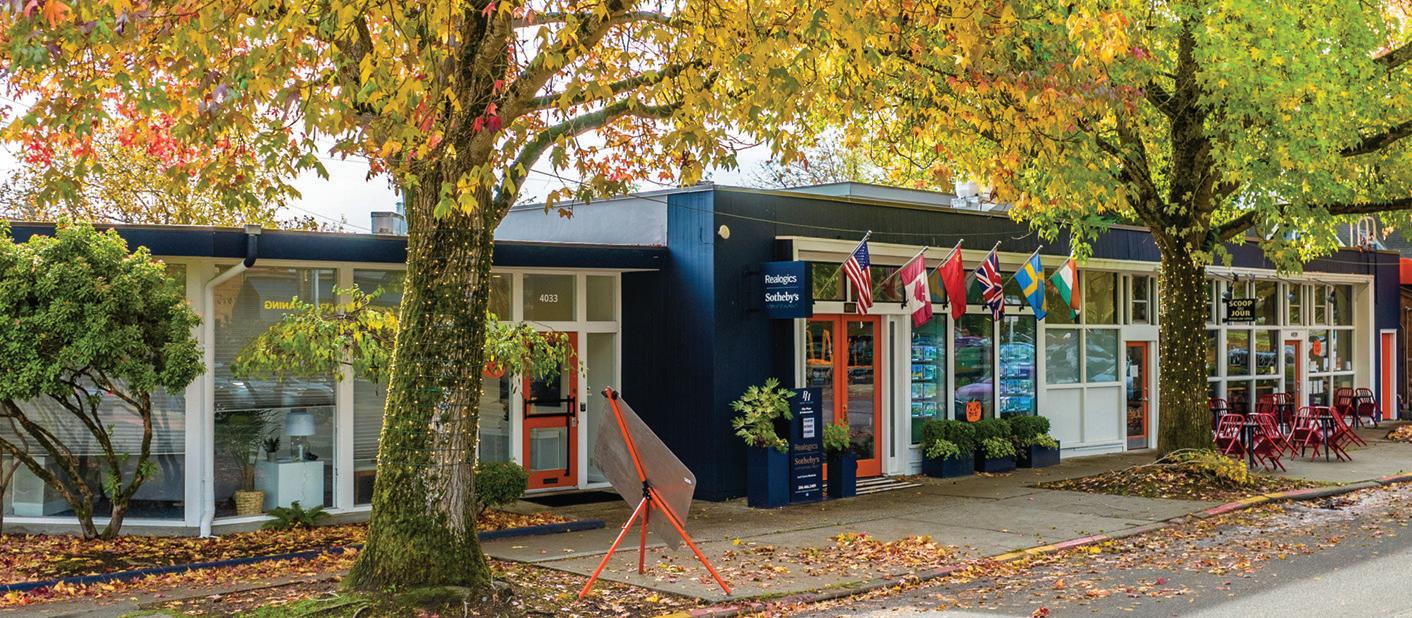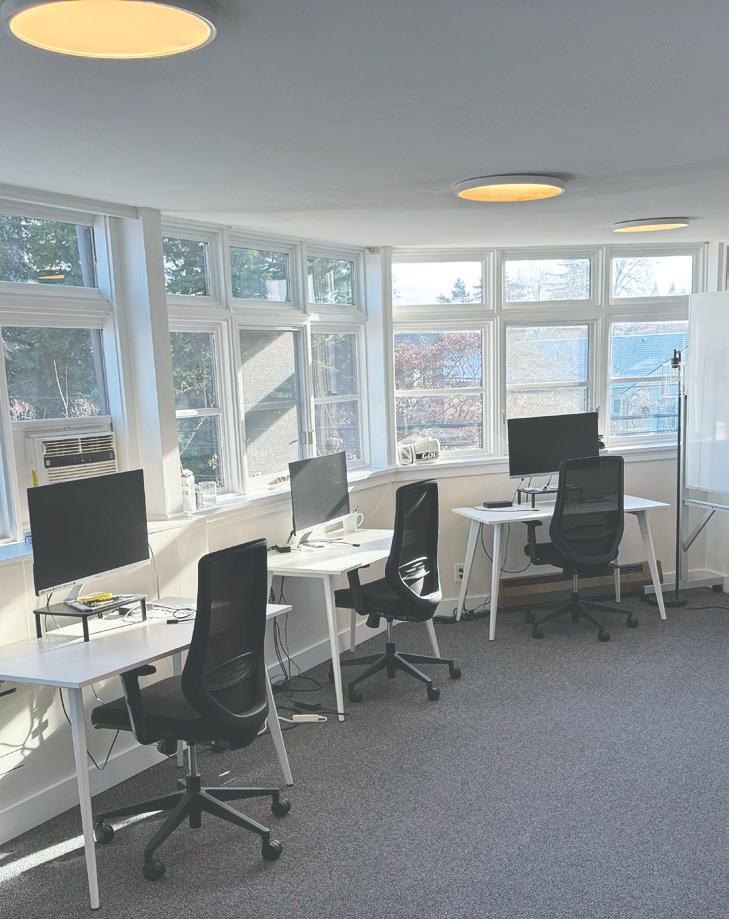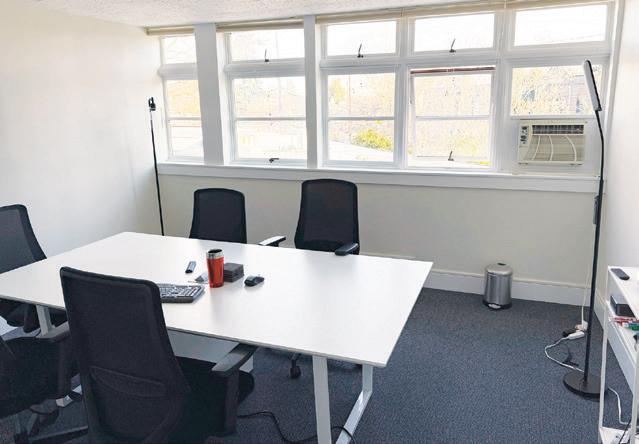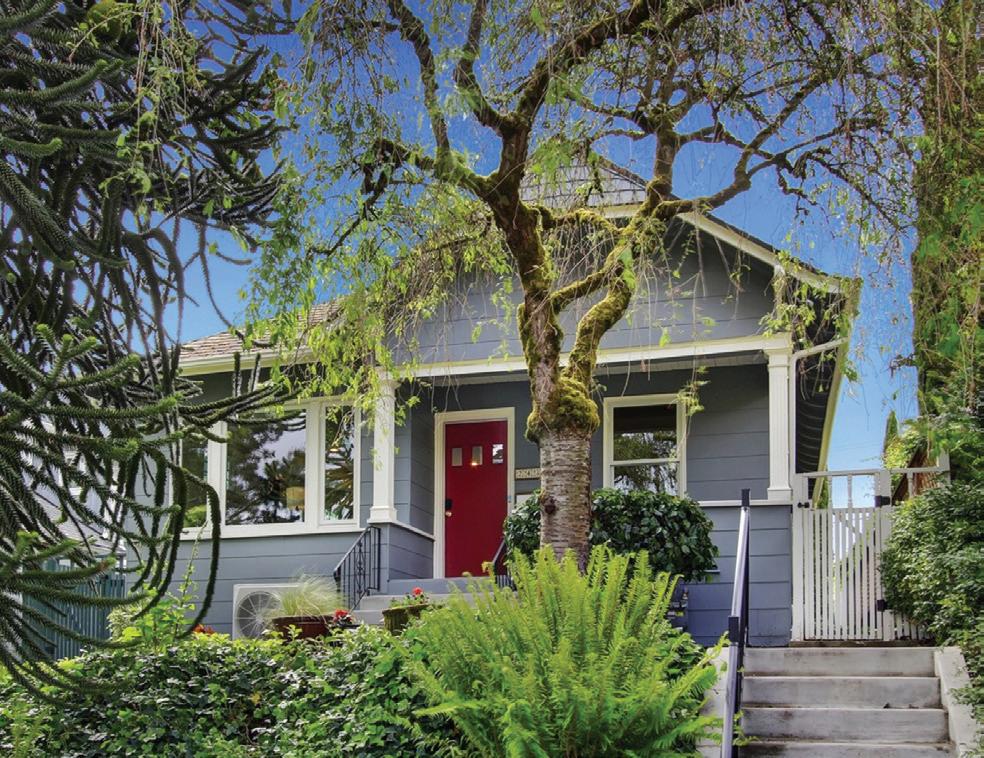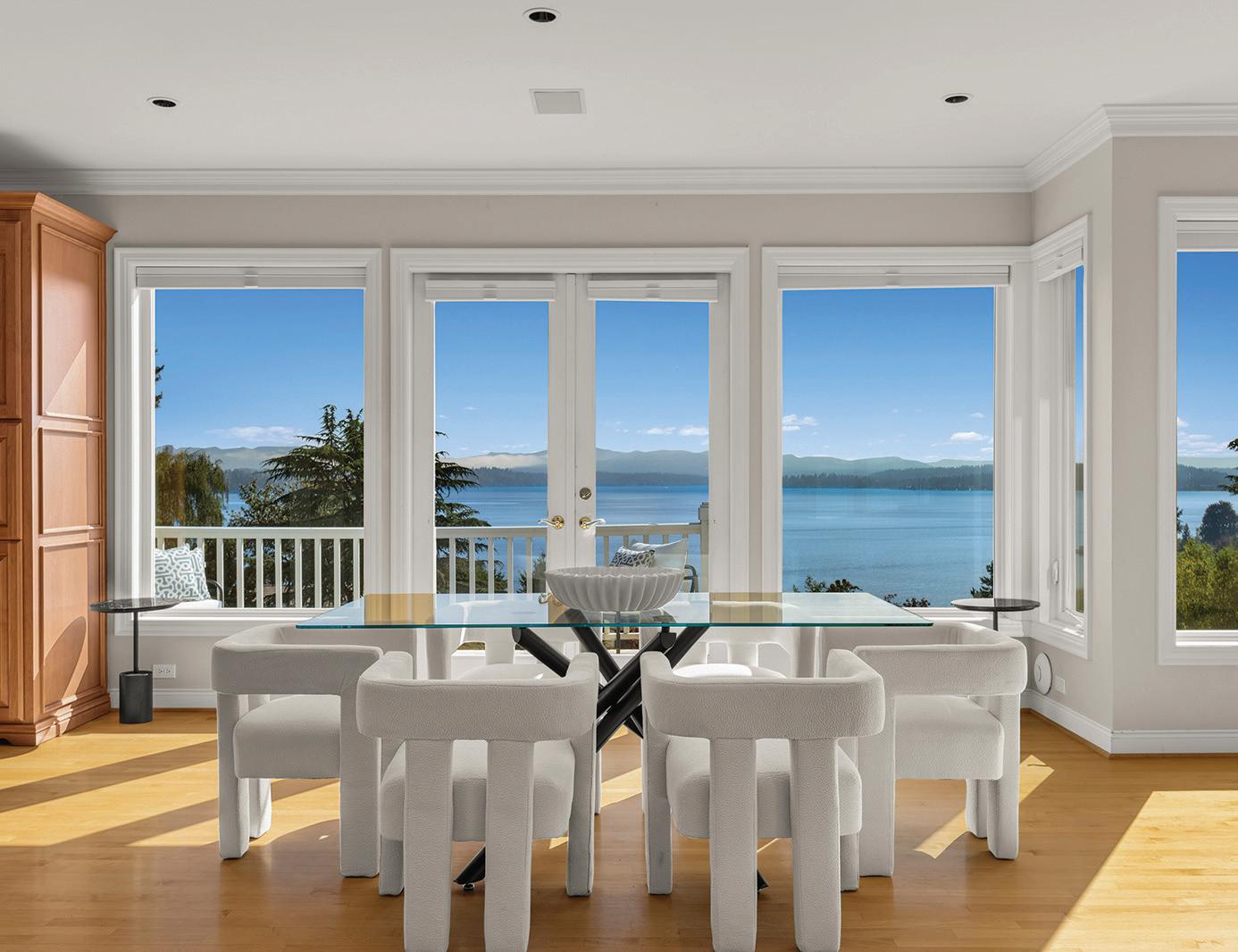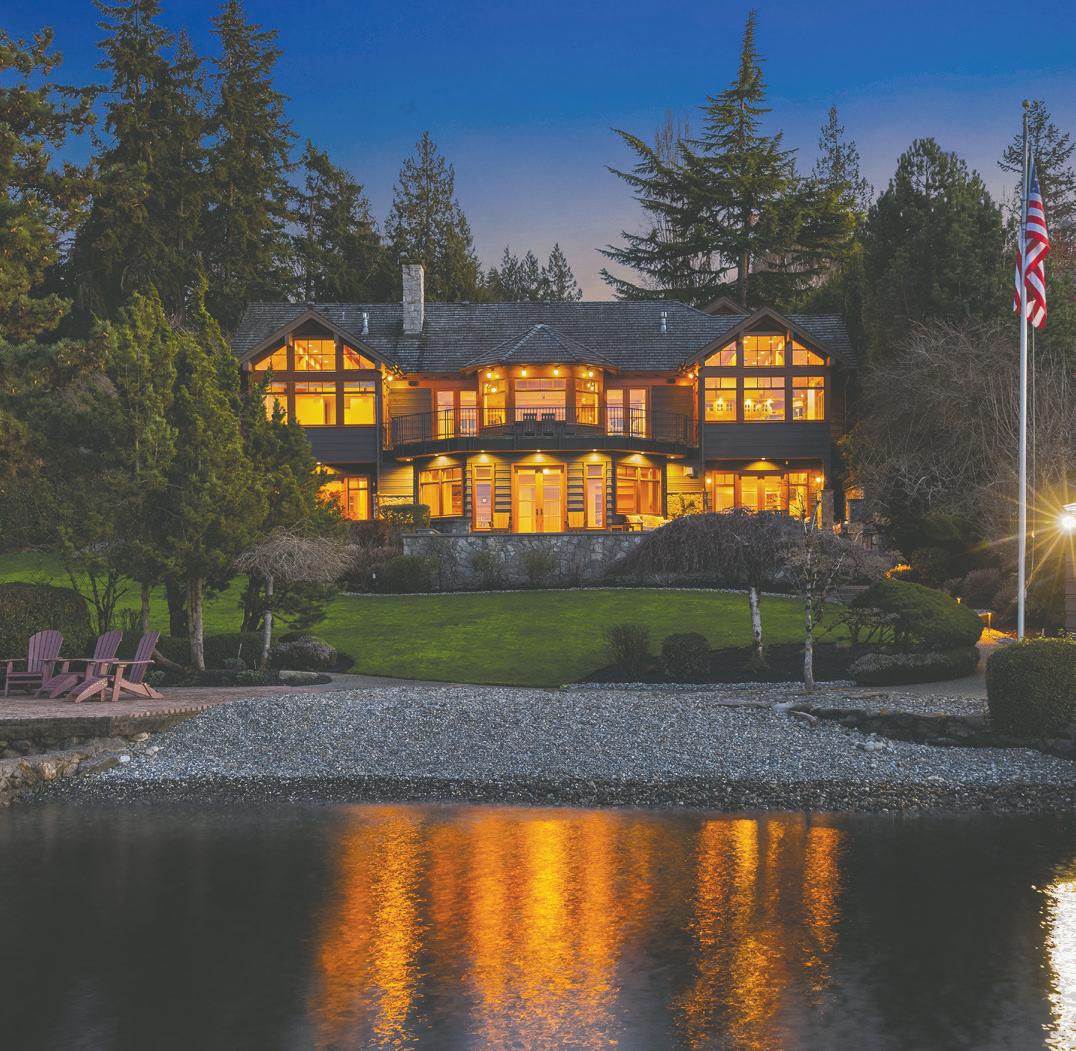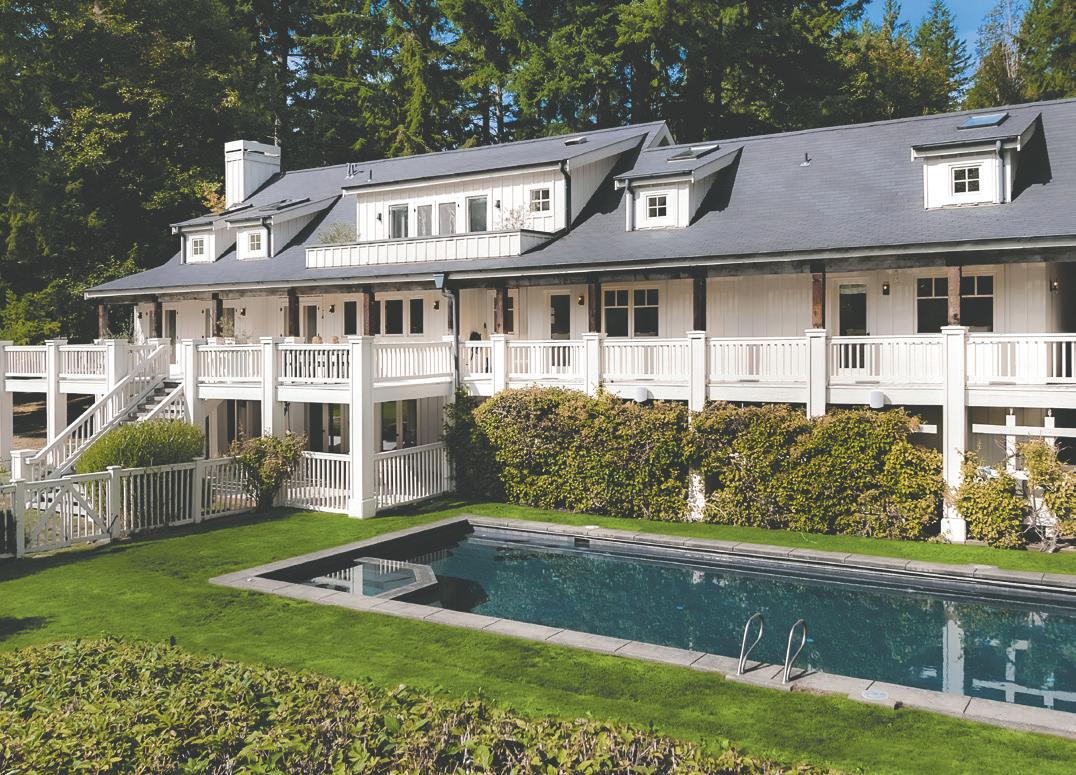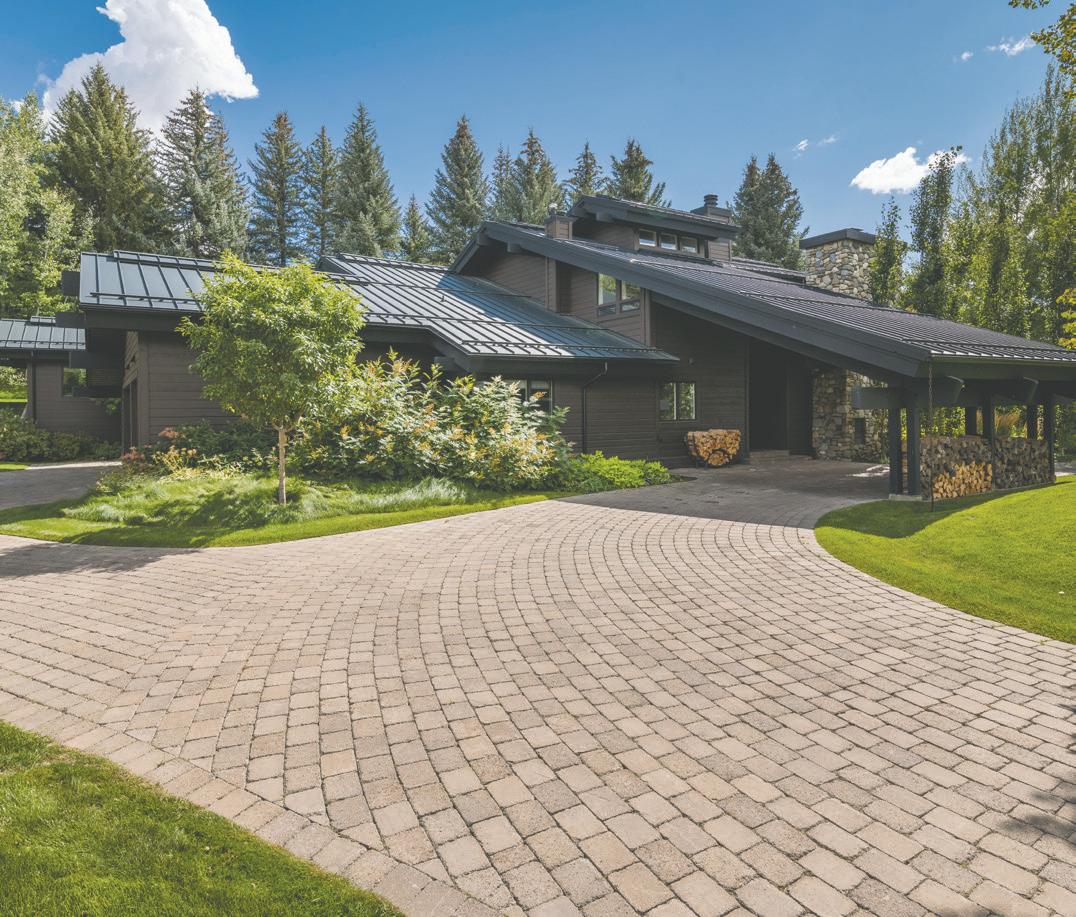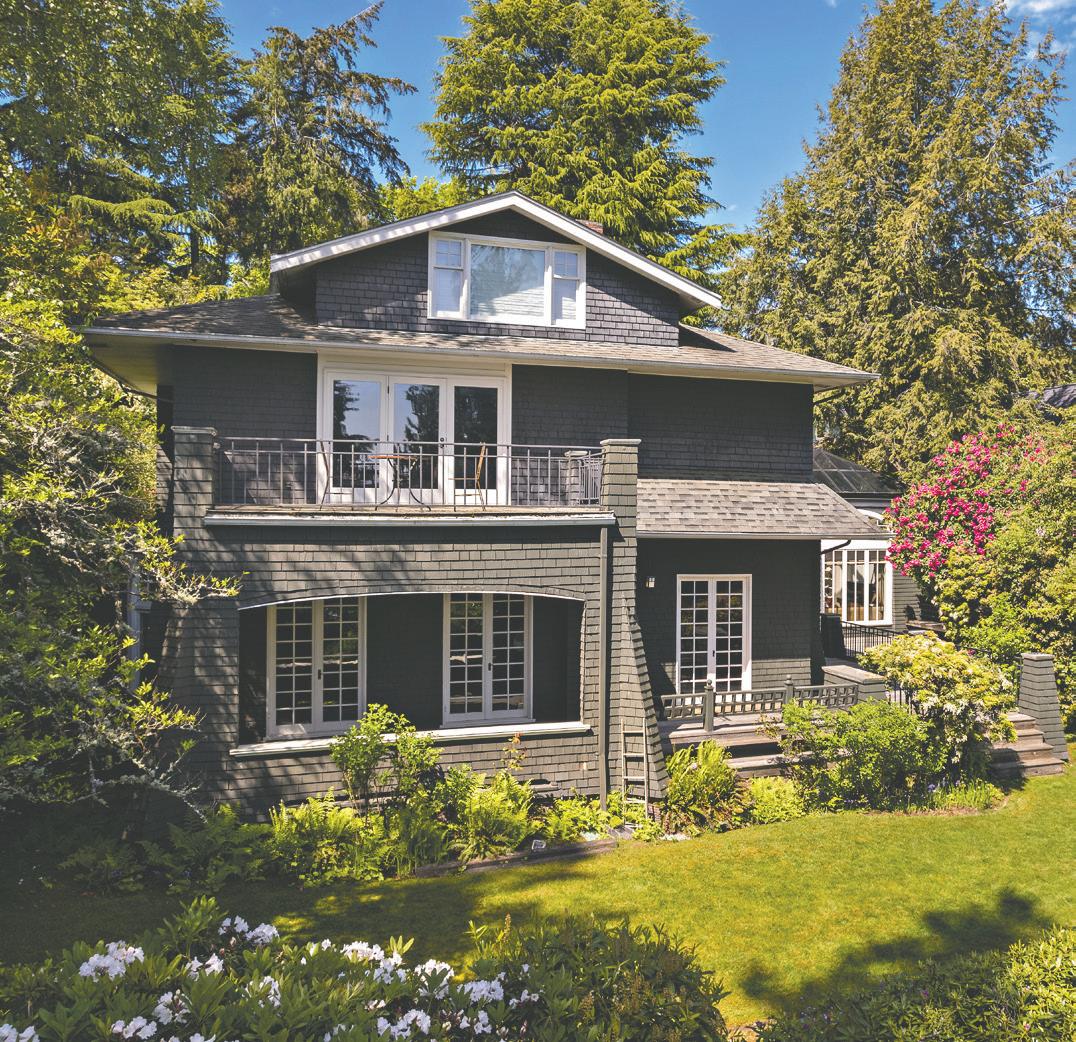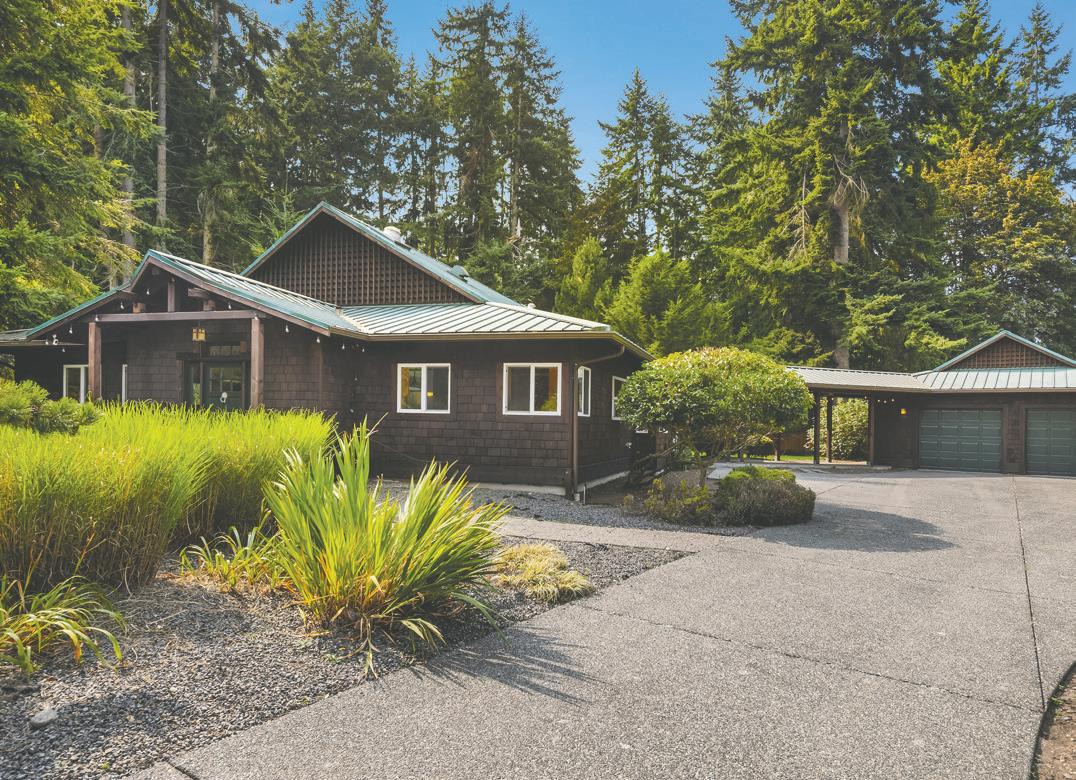OCTOBER 2025
Serving East-Central Seattle since 1983

OCTOBER 2025
Serving East-Central Seattle since 1983
By Adam Worcester contributing writer
On June 22, 2023, Washington state achieved a dubious distinction.
That date marked the first time Washington led the nation in having the highest average gas price, according to AAA, briefly edging perennial leaders California and Hawaii.
Since then state gas prices have topped the country several more times, including this month.
For the week of Sept. 22, 2025, a gallon of unleaded gas in Washington averaged $4.57. The national average was $3.15.
Prices were slightly higher in Seattle ($4.76) and King County ($4.83), and lower in surrounding counties ($4.40 to $4.68).
And though they are forecast to dip with the onset of winter, gas prices in the Evergreen State will likely remain among the highest in the U. S. for the foreseeable future.
Part of the reason is geography.
“The West Coast is a unique
market in the United States in terms of supply, demand, and production of gasoline,” noted a recent quarterly report from the state Attorney General’s office.
Washington, Oregon and California have a paucity of refineries and pipelines, and “there are few prospects for increasing refinery capacity on the West Coast in the near future,” the report stated.
Another contributing factor is increasing demand.
During the past decade Washington, Oregon, and California have experienced higher-than-average population growth, spurring the hunger for gasoline.
Politics also play a role.
The state’s Climate Commitment Act, implemented in 2023, has raised the retail price of gas by an estimated 25 to 50 cents per gallon, depending who you ask.
And in July, the state legislature ratcheted up its unleaded gas sales tax by six cents to 55.4

cents a gallon, third highest in the nation.
The federal gas tax is 18.4 cents per gallon, and the federal diesel tax is 24.4 cents per gallon. The combined fuel tax for diesel is 68.9 cents per gallon and ranks Washington as having one of the
highest diesel fuel excise taxes in the nation.
That legislation includes automatic annual increases pegged to inflation, ensuring further price increases in 2026 and beyond.
GAS PRICES, 7
PARTY FOR THE PARK
Saturday, September 13th, many in the neighborhood dressed up, stepped out and supported Madison Park in its second annual Party for the Park at the Broadmoor Golf Club. An array of delicious food and drink, silent and live auction items, ring toss, raffle tickets for Canlis Restaurant and a DJ guaranteed a festive evening.

The night celebrated the many events and projects that have been such a success during the last year- from the Easter Egg Hunt, Little Beats Concerts, the Garden Tour, Children’s Parade and Picnic and Music in the Park- to name a few- to the growing engagement with the community through our newsletters, volunteer involvement and meetings. Now over 1900 people subscribe to the newsletter and over 900 people have contributed to Friends of Madison Park since its inception in 2023.
The generosity of our community and sponsors has ensured that we will continue to grow our events, add to our Beautify Madison Park Project and be able to move to
the next phase of planning for the Renovation of the Bathhouse and Shoreline.

FARMER’S MARKET
The 2025 season of the Farmer’s Market had its final day on Saturday, September 27th. This summer, the Farmer’s Market has become the gathering hub for our neighborhood, bringing joy, fresh food and connections among our neighbors. The Seattle Farmer’s Market Survey (done in August) will be available on our website soon and Friends of Madison Park will continue to partner with our local shops to benefit all and seek feedback from the community to make the return of the market even better in 2026.
LITTLE BEATS CONCERT SERIES
Back by popular demand, Little Beats provides a fun, interactive way to spend time with your kids, friends and neighbors in the
fall and winter months. Make a morning of it: Grab breakfast, coffee or lunch at one of Madison Park’s fantastic bakeries or eateries before or after the show!
When: First Saturday of each month, October to March, from 11 AM to 12 PM (doors open at 10:30 AM)
Where: Pioneer Hall in Madison Park at 1642 43rd Ave E, Seattle, WA 98112
Cost: $5 per person at the door or a Sea-

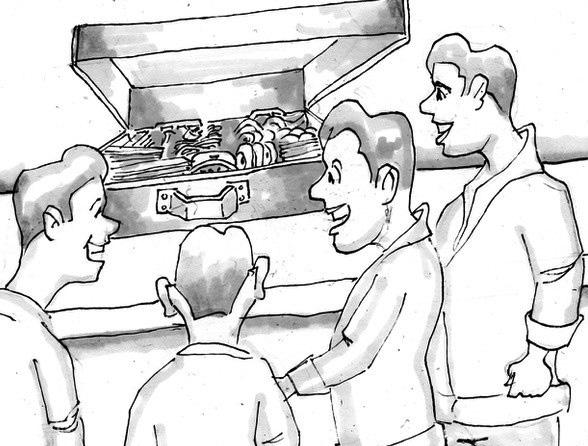
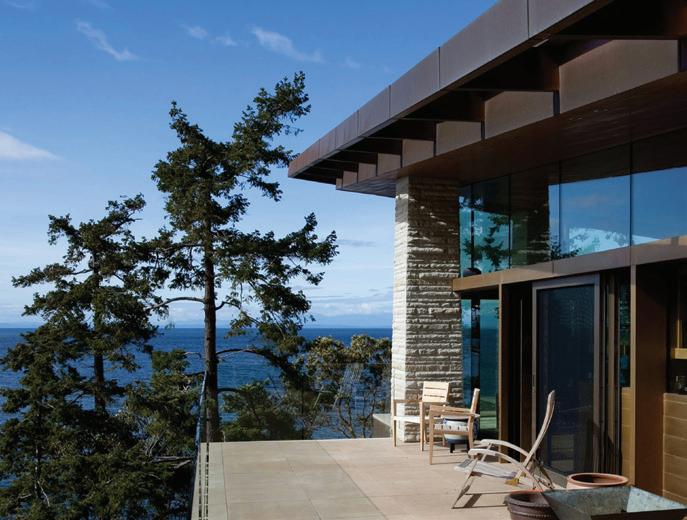
Please note that this is not
event. We require that all children have their own adult supervision. Reserve your spots (and help us plan for future events) by pre-
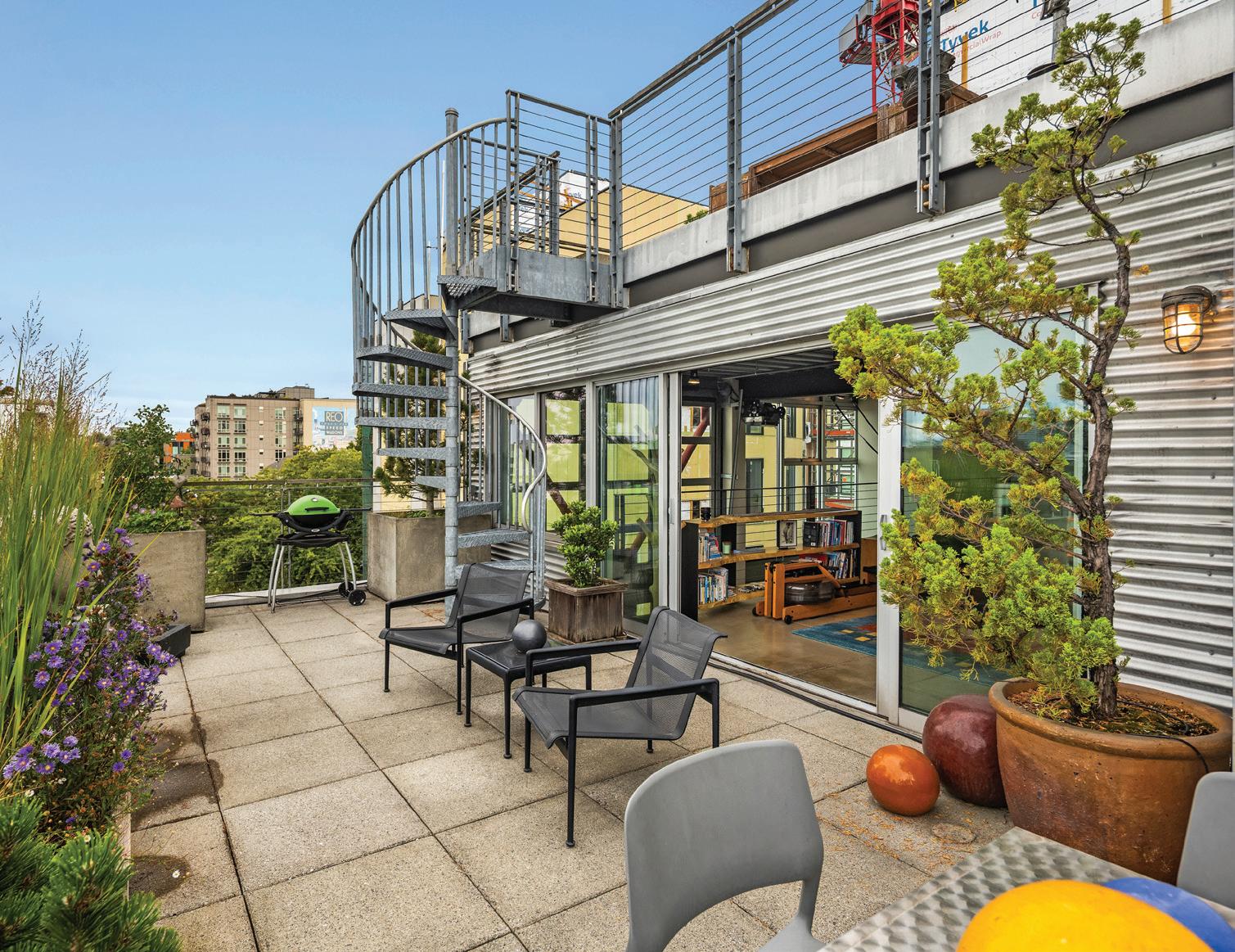

In an effort to learn more about earthquakes (including earthquake history) and, as always, to up my earthquake and disaster readiness, I made this month’s column a quiz on disaster-related topics (some local). Hope you enjoy it as much as I enjoyed creating it. I grouped questions into a few categories, starting with a well-known local story.
The answers are at the end of this column–don’t peek!
On September 16 this year, pilots and residents living near Mount St. Helens couldn’t miss plumes of smoke coming from the mountain. The well-monitored mountain was safe (phew), per the UGSG—it was merely ash from earlier eruptions being stirred up by strong winds in this area.

The most notable St. Helens eruption (it also erupted between 2004 and 2008)—and the producer of the bulk of that ash— took place in early 1980. On March 20,
1980, the volcano started to act up with a 4.2 magnitude earthquake. An eruption seemed imminent, and locals were encouraged to relocate. One ornery local innkeeper famously refused to leave his lodge at Spirit Lake near the mountain’s base, stating, “I don’t have any idea whether it will blow, but I don’t believe it to the point that I’m going to pack up” and “If the mountain goes, I’m going with it…” Sadly, the man did go with it: On May 18, 1980, he was killed in the volcano’s eruption when his home was covered in 150 feet of volcanic debris.
The story of his reactions to the imminent disaster caught the public’s attention, with people empathizing with the 83-year-old man’s tenacity and love for his home.
Q1: This stubborn local shared his name with a US President. Which one?
a) Teddy Roosevelt
b) Harry Truman
c) William McKinley
d) James Madison
e) Benjamin Harrison
Q2: This story inspired a movie (sadly, critically panned) starring Art Carney, reportedly the movie’s subject’s favorite actor. What was the movie called?
a) “Man vs. Volcano”
b) “St. Helens!”
c) “The Old Man and the Mountain”
d) “Heck No, I Won’t Go: the _____ _____ Story”
e) “Never Back Down”
EARTHQUAKES IN OUR REGION
Washington state’s Cascadia Quake in January 1700 is by all accounts the largest in our state’s history: an estimated 8.7-9.2 on the Richter scale—which didn’t exist yet, as it was developed in 1935. (Although earthquake magnitude is now primarily measured using “moment magnitude,” its measurements are “compatible” with Richter–letting us compare modern earthquakes with historic ones.)
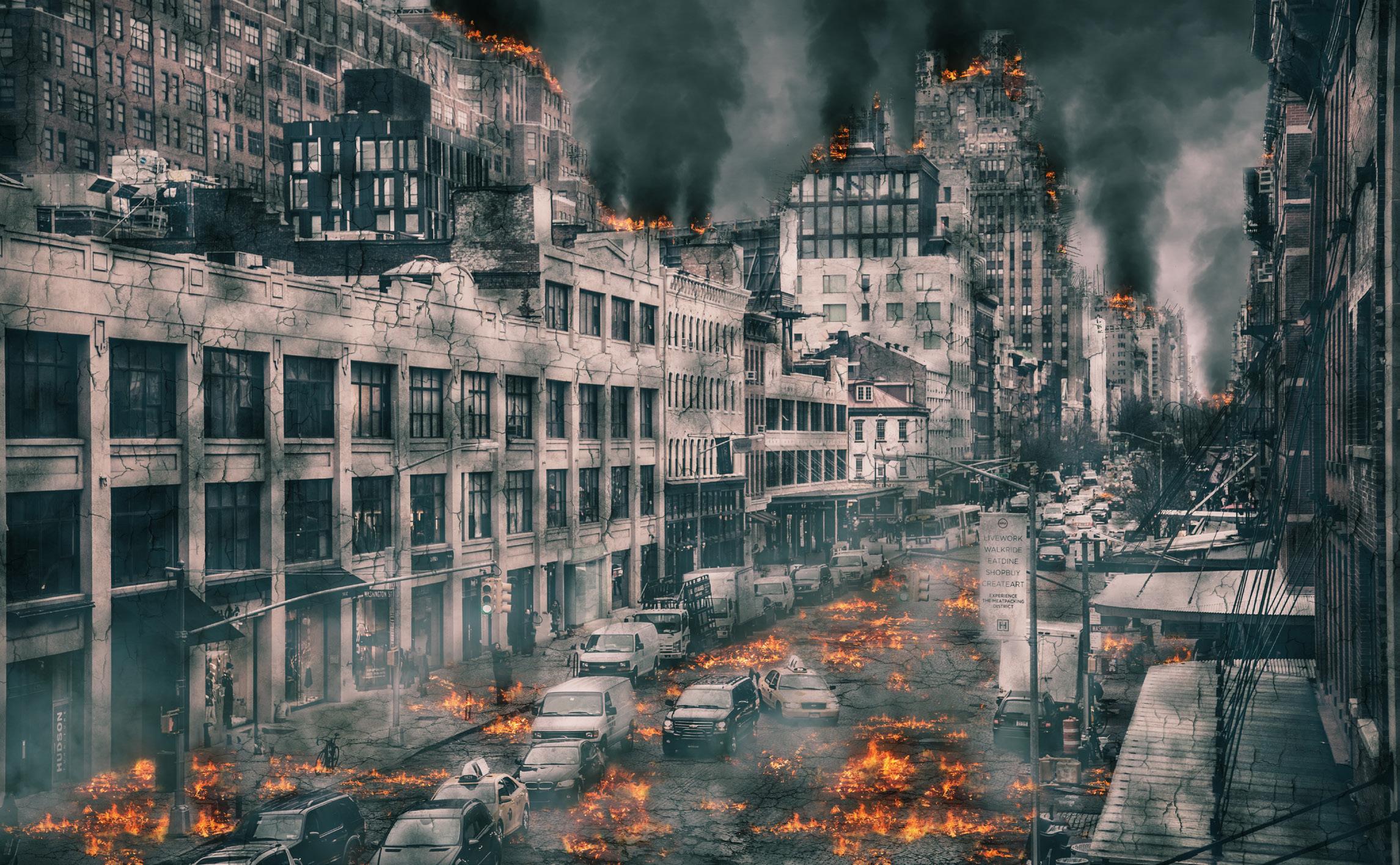
Q3: Which of these earthquakes felt in Washington state was ranked highest on the Richter scale?
a) North Bend / Cascades - 1945
b) Vancouver, BC - 1946
c) Olympia - 1949
d) Des Moines / S Seattle - 1965
e) Nisqually - 2001
Q4: Of the earthquakes above, which was the deadliest, reportedly killing eight people?
a) North Bend / Cascades - 1945
b) Vancouver, BC - 1946
c) Olympia - 1949
d) Des Moines / S Seattle - 1965
e) Nisqually - 2001
Along with earthquake-produced tsunamis, our region is also at risk of “standing waves in waterbodies caused most often by seismic waves or atmospheric pressure.” These can occur up to thousands of miles from an earthquake epicenter.
Q5: What are these vertically moving waves called?
a) Seyches
b) Saishes
c) Sayches
d) Ceishes
e) Seiches
Some earthquake trivia tidbits:
• The Nisqually earthquake got its name because its epicenter was located in the Nisqually Delta region near Olympia, Washington.
• When the North Bend earthquake hit, some residents thought a World War II bombing was in progress.
• The 1700 Cascadia earthquake caused a tsunami that struck the west coast of North America and reached as far as Japan’s coast.
• The Modified Mercalli (MMI) Scale is a Roman numeral-based scale based on
observable earthquake damage–perhaps easier to relate to than the Richter scale.
A level 6 (VI) MMI scale is “Felt by all, and many are frightened. Some heavy furniture is moved; a few instances of fallen plaster occur. Damage is slight.”
While in a level 10 (X+) quake, “Some well-built wooden structures are destroyed; most masonry and frame structures are destroyed with foundations. Rails are bent.”
EARTHQUAKE SAFETY GUIDANCE
Earthquake guidance and technology have changed over the years. Here are a few questions on keeping safe during a quake.
Q6: Which of these pieces of advice are NOT RECOMMENDED for U.S. residents, per the USGS and the American Red Cross? (Choose one or more in the list.)
a) Move to the closest doorway
b) If you’re inside, go outside as soon as the shaking starts.
c) If you’re in bed, cover your head and neck with pillows.
d) Drop to your knees, if possible.
e) Lie down next to a large object for protection (called the “triangle of life”)
Q7: What is the official guidance for keeping safe immediately during an earthquake?
a) Stop, Drop, and Hold On
b) Drop, Cover, and Hold On
c) Stop, Drop, and Cover
d) Drop, Protect, and Hold On
e) Crouch, Cover, and Hold
Washington, Oregon and California have an early warning system that gives residents a few seconds of warning before an earthquake occurs. That might not sound like much, but it could help protect people in vulnerable situations (like drivers). The companion app (be sure to download it after you finish the quiz!) also lets you crowdsource information about how much shaking you felt, and share information about damage following the quake.
Q8: What’s this early warning system called?
a) ShakeAlert
b) QuakeReady
c) HeadsUp West
d) ShakeReady
e) QuakeEWS






OTHER RISKS
The 2019 Seattle Hazard Identification and Vulnerability Analysis (SHIVA) study ranked earthquakes as the riskiest hazard in our area.
a) Snow and ice storms
b) Cyberattacks and disruptions
c) Windstorms
d) Power outages
e) Landslides
You probably remember last November’s “bomb cyclone”—one of the most destructive windstorms of the last 60 years, affecting our area, British Columbia, Oregon and California. With top wind speeds of about 70 miles per hour, the first of two bomb cyclones that week killed two people in our state. The storm affected train service, link light rail, ferry service and more.
Q10: How many Western Washington residents lost power in that storm?
a) About 150,000
b) About 250,000
c) About 550,000
d) About 650,000
e) About 750,000
Hope you enjoyed this quiz! Answers below.
My sources:
• Mt. St Helens: Wikipedia (please support Wikipedia! It’s a valuable resource.) and HistoryLink.org
• Earthquake strength: NewsRadio 560 KPQ, Washington State Military Department (mil.wa.gov),
• Earthquake measurement: USGS, Britannica.com
• SHIVA study: Seattle Office of Emergency Management
• Windstorm: Axios Seattle, Wikipedia
As always, this column is part of Madison Park Emergency Hub’s outreach effort. We’re an all-volunteer organization focused on neighbors helping each other after a disaster. To get on our mailing list, contact us at madparkhub@gmail.com.
A special thank you to all the volunteers who attended our August Setup/Takedown Drill, and congratulations to Madison Valley’s Hub on their successful community social in September.
On Oct. 16, students, families and folks in businesses will drop, cover and hold on for the Great Washington ShakeOut, part of the country’s largest earthquake drill. The event also includes a tsunami siren test and evacuation drills in some schools.
Leading up to ShakeOut Day will be chances to interact with scientists and preparedness experts.
At 10:16 a.m. on Oct. 16, you’re invited to drop, cover and hold on wherever you are –whether it’s at work, home or school. Practicing builds muscle memory for when the real earthquake comes. We created a drill recording to help with the experience. At about the same time, more than 120 Washington tsunami sirens along the inner and outer coast will be tested using the real wailing sound of a tsunami warning, not the Westminster Chimes that are typically used during the monthly tests.
PLEASE DO NOT CALL 911.
This year’s ShakeOut theme is “Be Alerted.” There are many different ways to get important emergency alerts. Besides the tsunami sirens, those who have downloaded the free MyShake Earthquake Early Warning App on their phones will also get a test. Some local jurisdictions will test their reverse 911 and optin text alerts. NOAA Weather Radios will also sound an alarm. To make sure you’re signed up for alerts, visit https://mil.wa.gov/alerts.
There WILL be a test of the Emergency Alert System on radio and television this year. The Wireless Emergency Alert text system on cell phones will NOT be tested. Lahar sirens in Pierce County will also not be tested.
More than 1 million Washington residents have registered to participate in the earthquake and tsunami drill so far. Registration isn’t required but it helps with understanding how effective outreach is. It’s also free and easy to register at https://www.shakeout.org/washington
Continued from page 1
purchasing your ticket packages today!
NEIGHBORHOOD MEETING
Tuesday October 14th, 7 pm at the Bathhouse.
Our October Neighborhood Meeting will focus on FoMP’s project for a Renovated Bathhouse and Shoreline Restoration. Meet with the team of Signal Architects and Anchor QEA Landscape Architects to discuss conceptual designs that are now in the works for a community gathering place. With the generosity of the Madison Park Co-op Preschool, Pioneer Hall, Parkshore, Broadmoor Golf Club and the Seattle Tennis Club, our community uses their spaces for meetings and events. But it is a huge hole in our neighborhood not to have a Madison Park community space.
Our beach and bathhouse need updated amenities- a new dock, improved sandy beaches, and accessible spaces for all. FoMP is partnering with Seattle Parks and Recreation and Seattle Parks Foundation to envision a space where the neighborhood can host events, classes and lectures and provide the preschool with room to continue to grow and thrive. Be part of the conversation and help create the vision for this legacy project for Madison Park. Join us on October 14th.
TRICK OR TREAT ON HALLOWEEN
Friday, October 31, starting at 4 pm, the annual Halloween Trick or Treat celebration takes off in the business district. Local Shops will provide candy and delight to all the costumed trick o’ treaters. Added this year are a Costumed Pup Parade (meet by the tennis courts
EVENTS
FREE Webinar: Noon, Wednesday, Oct. 1. Join our hazard and preparedness experts as they discuss the science behind earthquakes and tsunamis, their potential impacts, and
at 4), the Madison Park Preschool Co-op Photo Booth (at Triangle Park), a DeeJay and more…. FOMP will close the final block of Madison St E as well as two residential blocks on 41st E.
• This is done to ensure the safety of the small children who swarm the streets trick or treating and allow for a small family-oriented block party and community event.
• These two areas will be closed to
what to expect when they happen. Most importantly, the team will provide insights on what you can do to prepare, and how to keep yourself and your family as safe as possible when these events occur someday.
through traffic from 3:30PM to 6:30 PM. We will have volunteers helping to direct traffic and allowing currently parked cars to exit as needed.
• The road closures will not impede the bus route or emergency services.
CALLING FOR VOLUNTEERS
Events and Projects are on the horizon and in need of volunteers (day of and planning). Looking
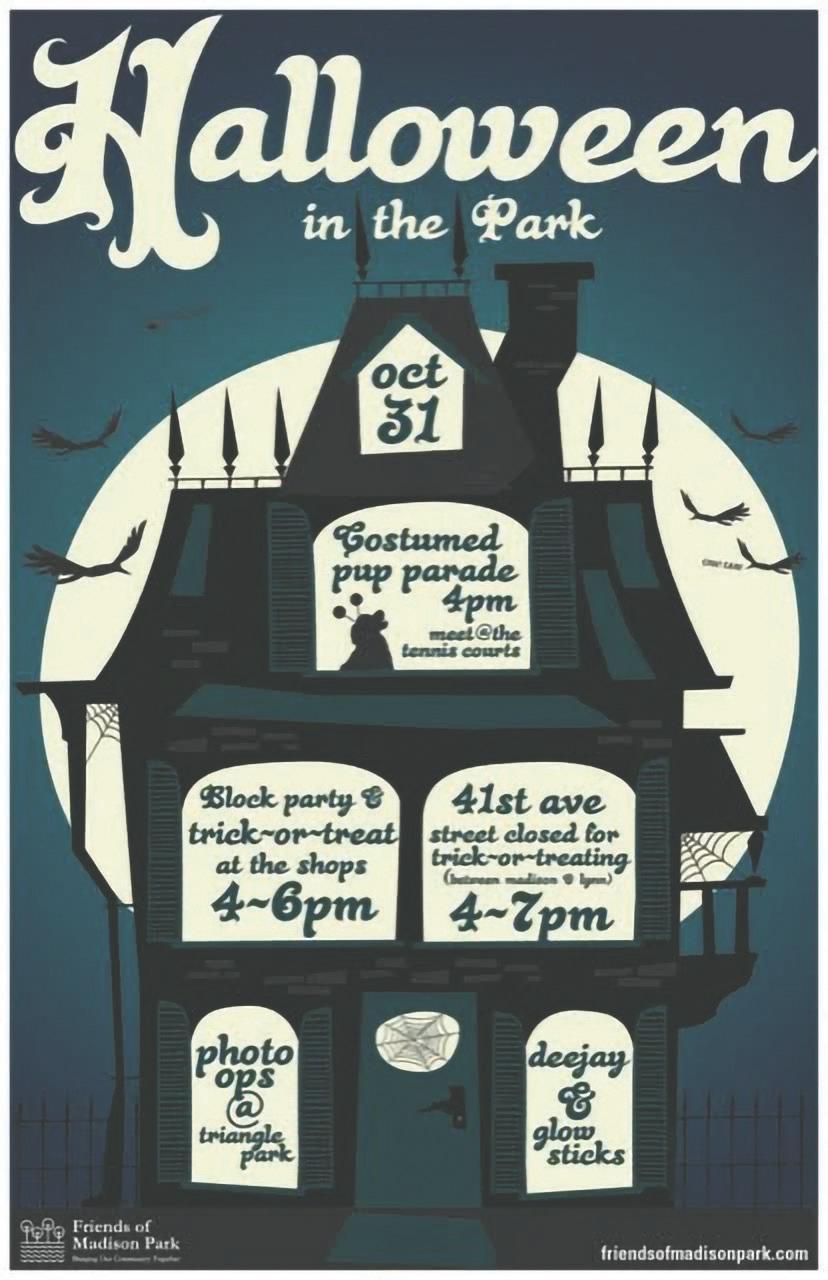

A Reddit Ask-Me-Anything session: 11 a.m. to 1 p.m., Oct. 9, 2025 with scientists and preparedness experts. A free Reddit account is needed to participate, but not to read
for help with upcoming eventsHalloween in October, Holiday Activities in December, possible Bingo Nights in January/February, Easter Egg Hunt, Yard Sale (April/May), Garden Tour and projects such as Beautify Madison Park and the Bathhouse and Beach Renovation. Plus a writer is needed for our Madison Park Times and Stroll Magazine monthly articles.
Interested? Email: volunteer@ friendsofmadisonpark.com.
3 SIMPLE WAYS TO SUPPORT FRIENDS OF MADISON PARK
• Subscribe to our Newsletter at www.friendsofmadisonpark.com
• Become a Monthly Donor of $10, $15, $25, $50 or $100/month.
• Volunteer for one of our Events or Projects.
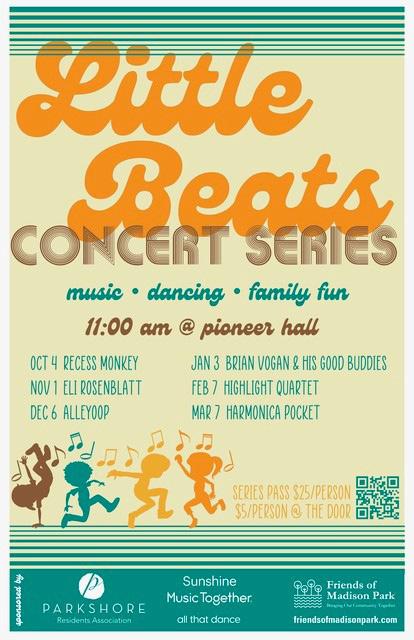
By Freida Mackleman
Turkey chili is the warming, savory dish my family craves as the weather cools. We avoid beef but you could substitute ground beef for turkey here, of course. This starts out as a vegetarian chili, with no need to add the turkey at all, but if you use turkey just put it in after the chili is cooked - no need to brown it first because ground turkey is so low in fat.
Chop your fresh chilis, onions
and garlic and sauté in olive oil until soft. Remove seeds from your dried chilis and soak in hot water. Liquefy in a blender and strain through a mesh colander. Add everything to a pot with your tomatoes and water or chicken stock. Cook for one hour. Add ground turkey and cook another ten minutes. Add additional spice or salt to taste.
Add a starch on the side! We like cornbread, but you could serve



rice, saltine crackers or a good crusty sourdough too.
Serve with the hot sauce of your choice so your guests can control their own heat. We like Crystal or green Tabasco for their mildness but there are hundreds of other options.
We all need a little, or should I say a lot, of comfort food during these trying times.
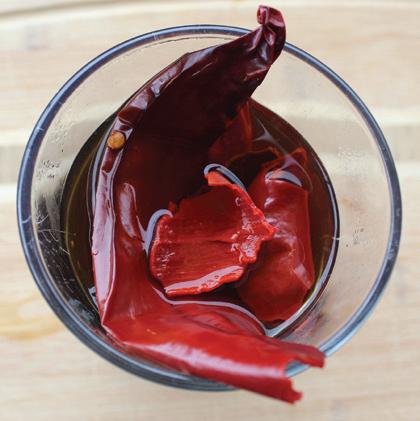
Soak and blend some dried
TURKEY CHILI (Serves 6-8)
Primary Ingredients:
• 2 large yellow onions
• 5 cloves garlic
• 2 fresh jalapeno chilis and a few other assorted fresh chilis
• Assorted dried chilis (California, Pasilla, etc)
• 6 cups crushed tomatoes

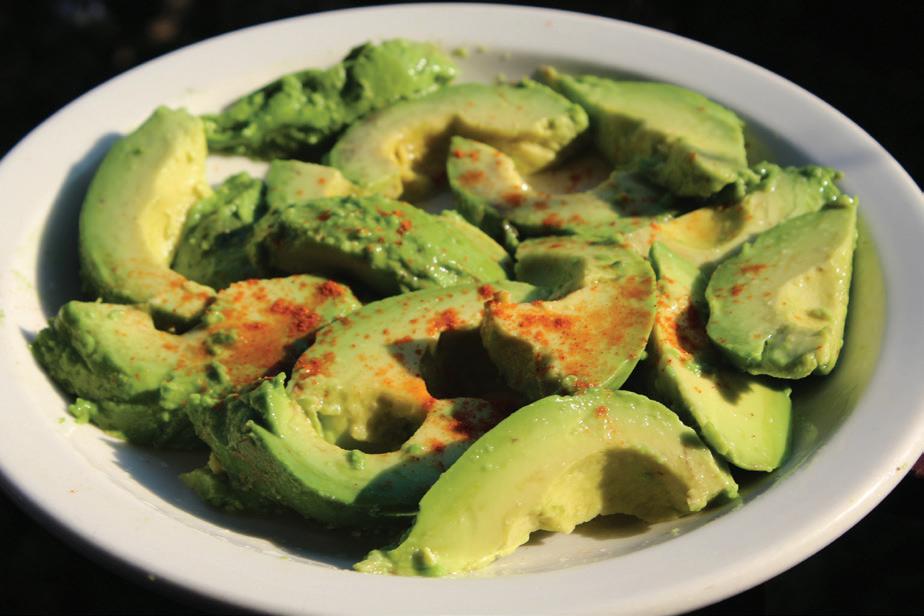
• 1 pound ground turkey
• 3 cups of chicken stock or water
• 2 tablespoons olive oil
• 1 cup corn
Spices:
1 bay leaf
1 tablespoon cumin
1 teaspoon salt
1 tablespoon black pepper
1 tablespoon of chili powder
2 tablespoons chicken bullion powder (optional)
Serve with:
Cheddar cheese
Sour cream or plain yogurt
Chopped white onions and or green onions
Chopped cilantro
Sliced avocados
Sliced jalapenos
When September arrives, it’s finally time to dust off those fall recipes.

Maybe you go to Art Walk for the free sips of wine and small bites. Maybe you go to forget your troubles, our country’s troubles, the world’s. Hopefully you go to appreciate the artists’ work. Definitely you go to support them.
This evening, Art Walk is packed. Everyone is out.
And the reason, I think, so many of us are out is because as the news of the world rages and there is fear below the surface of a lot of us, we yearn to think about other things.
I can see by the way a crowd gathers in front of the Bainbridge

Mary Lou Sanelli Falling Awake
of Art that a band is playing. And there, front and center, is Anna.
If you’ve lived in King, Kitsap, or Pierce County for any length time, you’ve probably noticed Anna. Anna is wherever the music is, her presence so solidly there, as much a part of the festivity as the ground on which she dances. There’s a message in the way she always shows up, always dances, and I suppose I’m writing this piece to confirm it. Life is for living, her limbs seem to say, fun is for having, and it’s up to you to get right in there and enjoy yourself.
No one passing has any idea how happy Anna makes me, not one person knows how someone like this, unselfconscious as this, will never lose their power to lift me.
Regrettably, there was a much younger time in my life when I
“I couldn't think of one good reason not to join in”
thought an adult dancing with abandon on the sidewalk was an attention seeker, perhaps, or even a little lost. But life has shown me that not only do I have zero interest in making this kind of assessment anymore, it doesn’t take long to realize how boring it is to think like this.
I appreciate Anna even more tonight because there are things, unbearable things, about the world that are getting me down lately. Honestly, some days, I could just lie down and cry.
And so, on my way to Art Walk, I dip into the local bookstore to feel more peaceful. Instead, I am reminded of a John McPhee story where he describes what it was like to come across one of his books in a sale bin for ninety-eight cents and think, Wait. This is the best book of my life!
I love this story. And I share it for two reasons: First, my earliest title came out in my twenties, so I need to accept that some of my books
will end up in a sale bin, too. But when you find two of your older titles (The best books of my life!) on the outside sale shelf of your local bookstore, the next few seconds can seem like an eternity. I felt something happening to me, a panicky oh noooooo! I thought about buying them to give them back their dignity; to give me back mine.
To offset the feeling, my coping skill kicks in, the one that makes it possible to emerge with (most of) my confidence still intact: I compose a list to help me remember that between the lows there have been plenty of highs, just so I won’t spend the next few hours feeling like a pill bug ready to roll into a ball, like the first time I received an acceptance letter from a publisher, the first conference I read for more than
a thousand women. No time for self-pity, which is sometimes what I do best.
Secondly, there are things, many things, about being
a writer that stir things up in me, things I want to outgrow, and Anna reminds me that this sort of ego-silliness is all a bunch of hooey. Best to dance it off. Because, honey, if you think there isn’t a lot of humiliation to putting yourself out there, best to think again. At first I blamed my not dancing on the fact that I had a book signing to do, but in the end, I couldn’t think of one good reason not to join in. I danced in place, but I didn’t hold back. What does anyone have to lose by dancing? I like to tell my dance students that dancing was the original form of expression and that it’s easier to convey joy with our whole body than even with a smile. I also tell them: This is why
dancers don’t need therapists. Next to me, a teenager is recording Anna, but I don’t like the way she and her friend are laughing at her. But I don’t say anything. It always seems like the right thing to do in the movies, to scold someone for their tactlessness, but in real life, it usually just antagonizes both sides and nothing changes. Sad but true. I had hoped that Anna’s longing to dance would connect others to their own, but as the girl posts the video, I see another someone with the wild idea that we all need to be famous on the internet; someone who will spend god knows how many hours of her precious life trying. It’s not her fault. She’s grown up in a time when people value your number of followers over the level of your measured compassion.
As for me, memory serves. And better at connecting our brain to our heart. So I’ll keep Anna in mind to remember why I dance. Not why anyone else does, or even exactly why she does, but why I do. As I see it, this need to dance is bigger than any constant desire some of us have, or have ever had, so we walk up front to be near the band.
And we dance.
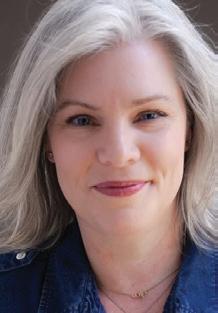
Seattle residents have reported dozens sasquatch sightings in the past week— but these larger-than-life characters aren’t the stuff of legend. They’re the work of Ryan “Henry” Ward, Seattle’s most prolific muralist and the creative force behind one of the Pacific Northwest’s most ambitious public art projects: One Thousand Sasquatch Heads. With over 850 murals already complete, Henry’s work is transforming neighborhoods one garage door at a time, sparking joy and community connection through this expansive community-driven art movement. And he is on his way to Madison Park next! The idea sparked when Henry looked at a garage door and saw not a utility, but a blank canvas. “I feel like the garage door is already framed in and is a perfect surface for presentation for an art piece,” he said. “They sit
like blank voids in front of everyone’s house, ready for color. My hope is that homeowners will continue to open their doors to artists—imagine if every garage in the city was painted by a local artist. We’d be creating jobs for thousands of artists and turning neighborhoods into open-air galleries.”
What started as a goal to paint 1,000 sasquatch quickly surpassed that in response to overwhelming demand. “I have nothing but gratitude in my heart. The way the community has gotten behind my project concept is blowing me away, he said.” Along the way, the project has sparked joy, community connection, and plenty of stories—including a memorable mix-up that left one homeowner unexpectedly greeted by a giant cartoon mural. Luckily, they were fans of Henry’s work, turning a near mishap into a happy accident. “I try my best to not get the wrong house, but sometimes the muse of the sasquatch is a little wilder. I think I’m a vessel for that, for Sassy,” the universal name for his popular sasquatch characters.
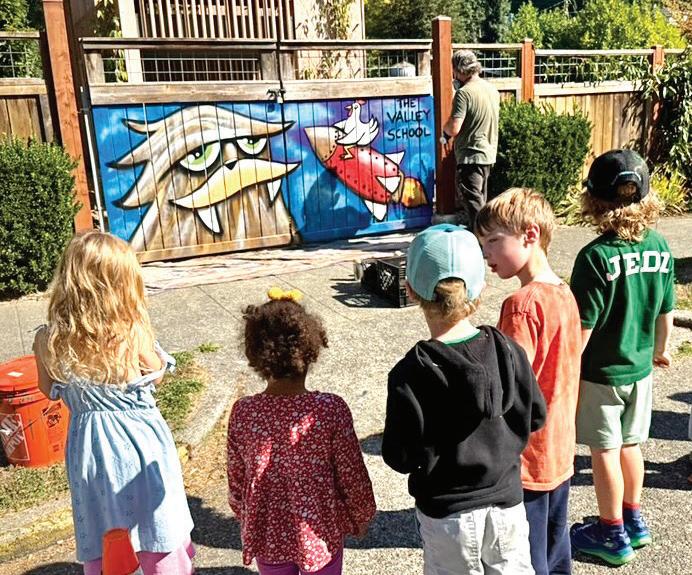
Henry’s art has become a cultural staple in Seattle, seen everywhere from Bloodworks Northwest to Pike Place Market, and from breweries to community centers. And his reach extends well beyond the region, with murals brightening ski resorts, National Parks, REI merchandise, Eddie Bauer collaborations, live painting performances with Cirque du Soleil, and even being featured in a Super Bowl promotion. Some fans are already saying

his sasquatch characters could reach the iconic status of Hello Kitty or Mickey Mouse here in Washington.
The project is rolling out zip code by zip code across Seattle, and throughout the state. After these recent murals, he is almost up to 900. Henry’s plan is to stay focused until he hits the 1,000 mural milestone, with hopes of finding the perfect permanent home for the 1,000th sasquatch mural—ideally at a local school or nonprofit serving kids. To celebrate, he’s planning a community party at the Seattle Waterfront Marketplace (1400 Alaskan Way). Everyone is invited.
Fans can follow the countdown on Instagram at @henry_beyond_museums, where Henry shares progress updates,
behind-the-scenes stories, and sneak peeks of what’s next. “I have a lot of work ahead of me,” he said. “When that is done, I could imagine opening it up, going bigger and better.” For now, one thing is certain: the sasquatch sightings in Seattle aren’t slowing down anytime soon. Additional information at https://www.henry.art/ Ryan Henry Ward and his beloved sasquatch murals are bringing smiles wherever they go. He said the project’s intention was based in “what the world needs at the moment: to bring people and communities together.” And he enjoys meeting neighbors and talking with the kids while he paints, often giving out stickers or merchandise for the enthusiastic fans of his work.
By Richard Carl Lehman
Let’s turn the way back machine 85 years to 1940 and to an ever so slow growing neighborhood, Madison Park. There were small shops along the Ave: everything from clothing to knitting groups to home grown products from the farm. Many of these shops only stayed in business a few months. There was a bicycle shop located on Madison west of Berts that sold bikes and repaired them. Further west was an accounting firm who prepared most residents’ income taxes.
We JJ McGilvra children spent the day studying Columbus’s voyages and the Lewis and Clark expedition. The term “computer” had just been coined but was not yet widely known.
Changes gradually occurred in our desktops. A container positioned in the upper right corner held ink, which we used to fill our dip pens for various writing and drawing activities. Throughout the day, it was necessary to refill the ink container multiple times. Eventually, a new instrument—the fountain pen—was introduced. This new pen had a bladder was filled once and lasted several days. We were sheltered during WW2 and were not privy to current events. Radios were turned down, and voices were hushed when there was political news. Every now and then we found a discarded newspaper and read it amongst ourselves.
As for shortages, the more we missed a delicacy like chewing gum, the more we craved it. A simple piece of Fleers Dubble Bubble chewing gum had a bubble in every pack. It was wrapped in wax paper and twisted on both ends. Not only was it tasty and fresh, but it also included cartoons with captions. The main character “Pud” was depicted showing various events on each wrapper which we passed amongst ourselves.
We searched for this gum and finally found a store in Madison Valley with a small supply. We waited in a long line after getting off the Number 11 bus and each got one piece for one cent. We chewed and blew bubbles until our parents stopped us. The gum stayed fresh overnight wrapped in wax paper and was chewed again several times, though it eventually cost us some fillings at the dentist.
Secret codes aired at the end of radio shows like Superman, Captain Midnight and I Love a Mystery was a huge fad in the 1940s. Catch the code and all that was needed was the deciphering ring that changed the code to words. Next, a part of the cereal box had to be mailed in with the answer. Radio stations offered coded wrist bands, rings and other gifts.
Another recreation for the kids was a book called the Big Little Book about 3½" x 4 1/2" with real binder covers front and back. There were continuing episodes in each book with a wide array of characters featured from various major studios and publishers. A fun part of each book was a character on the upper right corner that moved as the pages flipped.
Our go-to entertainment on Saturdays was matinees. “Whip Wilson” was our hero and the story always ended in a cliff hanger sure to bring us back the following Saturday. A cartoon called “Willie & Joe” always accompanied the feature films. Coke-a-Cola was served in a paper cup that you either drank fast or wore it, and popcorn was 10 cents in a plain paper bag.
A theater that really provided the information about the war up close and real was the Telenews Theater on 3rd Avenue between Pike and Pine. My grandfather, Walt, took me there and that was the first I’d heard about it all. There in black in white, up close and personal, it hit home. Now it was more than tanks, ships and planes, it was real people.

There were Saturday matinees at the Volunteer Park Museum and neighborhood theaters played films like the Madrona, Venetian, and Roycroft which showed the news, two features and previews of upcoming movies, and cartoons.
Radio was big mid week for all of the country. Jack, Doc, and Reggie were characters who had adventures in “I Love a Mystery”. Cecil B DeMille hosted and directed Lux Radio Theater which was a weekly digest of current feature films--one of the most popular weekly shows in radio history. Actors would per-




form movies and families would listen attentively to the radio.
As awful as war was, we youth played war in the woods of Canterbury. Our war was usually fought on Saturday mornings—the air filled with caps fired from our cap guns. Eventually we took our war to the the Ave running the streets firing our guns. That would just not do today.
Kids were always playing in the streets. Jump rope, hopscotch, and boys on roller skates. A few nailed their roller skates on boards for scooters. Most parents were at work or overseas which left many of us with little to do after homework.
Christmas was the best as toys like the Gilbert’s Erector set were seen in the hardware store window. Drool could be found on that window. The set came with complete plans for buildings to be built including all the cranes along with bull dozers and even elevators. It was a very educational toy that kept us off the streets making our world limited but safe.
Three of my friends and I met at 42nd and Madison on a Saturday bound for the big city. We boarded the big bus and plunked down a bus token worth 7 cents and ran to the rear far away from the driver’s ear. At each stop passengers boarded and found their seats. Most seemed serious or had no expression. It was probably due to the effects of the war.
When we approached 3rd and Union, we pulled the cord to stop. We exited, stood to the side and stared up in awe at the incredibly tall buildings that had all but disappeared into the morning fog. On our way to the Bon Marche, we noticed many store windows were empty due to war shortages. Inside we found the hobby department where once model airplanes were sold with gas Olson engines. Now they were powered using strands of rubber bands that took forever to wind for a very short ride.
Workmen were constructing something that would take shoppers floor to floor without having to climb stairs—the Escalator. Around 5th and Stewart, the Orpheum Theater stood, and it was one of the biggest in the city. Saturday matinees were filled with us kids stomping our feet eager for the movie to start—a near deafening sound.
One of the more popular theaters was the Palomar on 3rd and University where Vaudeville played on Saturdays. A one-legged dancer –Peg Leg Pete and sidekick Sammy Davis Jr. – performed. There were two feature cartoons, news reels, coming attractions and Vaudeville all for 50 cents on Saturdays. On 3rd between Pike and Pine the Colonel Theater could be located because of its proximity to the doughnut shop next door. A machine squirted dough that after being submerged in hot oil became big, glazed doughnuts. What kid would not prefer hot glazed doughnuts for a real balanced lunch for five cents each?
We prided ourselves on having seen just about everything downtown Seattle had to offer except for 1st Avenue which was a specific No-No!
Accordingly, we turned onto 1st Avenue just far enough to get into a penny arcade. In the rear was a tall box with viewing windows. On the side a scantily clothed girl stood. Two of us peered with one eye through the window standing on our tiptoes while a third turned the crank. It was just about to get interesting when a disclaimer came on stating “Please deposit another nickel.” Between the doughnut machine and this thing, our cash flow was diminishing. Alas, it was time to board the #11 Madison to head back home to the park. We were more than enthralled by Seattle and our discoveries. Thankfully Madison Park is doing well but it would be
to have that Seattle back.
Seattle’s latest climate report shows the city is making progress in cutting greenhouse gas emissions, but not quickly enough to meet its own climate commitments.
The 2013 Climate Action Plan Progress Report, released by the Seattle Office of Sustainability & Environment, reviewed 148 actions outlined in the city’s last climate plan. Seattle completed or made significant progress on 88 of them, resulting in a 5.7% drop in greenhouse gas emissions between 2014 and 2022.
PROGRESS AND ACHIEVEMENTS
• Transportation & Land Use: Six RapidRide lines planned by 2027 and more than 60,000 energy-efficient housing units added in urban centers.
progress. Population growth and increased building stock also raised transportation and energy needs, offsetting some of the reductions.
“We’re proud of the progress and learning,” said Michelle Caulfield, director of the Office of Sustainability & Environment. “Seattle has a strong foundation for accelerating the clean energy transition, but we are energized to tackle the challenges ahead.”

• Buildings: Stricter energy codes and the 2023 Building Emissions Performance Standards, projected to cut building emissions by 27% by 2050.
• Waste: A 31% drop in waste-related emissions since 2008, driven by composting and construction salvage efforts.
• Climate Adaptation: Flood and sea-level rise protections in the Duwamish Valley, helping vulnerable communities adapt to climate impacts.
“Seattle has been a global leader in climate action for decades… however, there is more work to do to meet the urgency of the climate crisis,” said Mayor Bruce Harrell.
FALLING SHORT OF GOALS
Despite these gains, the city admits it is not on track to meet its climate pledge. High costs, limited market demand, and competing priorities slowed
WHAT’S
The findings will guide the One Seattle Climate Action Plan, due in 2026. Priorities under consideration include retrofitting older buildings, expanding tree canopy, cutting landfill waste, and incorporating equity and health impacts into planning. Community engagement is already underway, including youth climate assemblies and a public forum on October 1 at Town Hall Seattle.
“It is no surprise that we are feeling climate change impacts now,” said Nina Olivier, co-chair of the Green New Deal Oversight Board. “These findings reinforce the need to prioritize investments for communities most harmed by the climate crisis.” The updated plan is expected in late 2026.
BY THE NUMBERS:
• 5.7% – Reduction in greenhouse gas emissions, 2014–2022
• 88 of 148 – Climate plan actions completed or in progress
• 31% – Drop in waste-sector emissions since 2008
• 6 – RapidRide bus lines planned by 2027 • 60,000+ – New energy-efficient housing units in urban centers • 2026 – Release of the next Climate Action Plan
OPEN FOR SUBMISSIONS FROM OREGON AND WASHINGTON WRITERS UNTIL OCT. 31
EUGENE, Ore. – Oregon and Washington writers are invited to submit their unpublished short stories to the Cai Emmons Short Fiction Contest, a new regional literary contest honoring the life and legacy of acclaimed Eugene, Oregon, author Cai Emmons. Submissions are open until October 31, 2025.
Presented by Wordcrafters in Eugene, a literary arts nonprofit organization, the Cai Emmons Short Fiction contest celebrates bold, imaginative fiction reflecting the themes Emmons explored in her work–grief and loss, complex family dynamics, environmental issues, magical realism, and women’s experiences and identities.
“Cai’s vivid imagination and relentless spirit shine through her writing,” said Jeaux Bartlett, Associate Director at Wordcrafters in Eugene. “This contest celebrates her legacy by uplifting writers who write with the same heart, depth, and daring.”
The contest offers $1,900 in prizes, including a $700 Cai Emmons Short Fiction Contest Grand Prize, as well as $200 awards in categories such as magical realism, environmental/climate themes, female protagonist, family dynamics, experimental fiction, and aftermath of loss.
Finalists will be selected by a panel of volunteer readers, with final decisions made by acclaimed author and University of Oregon writing professor Miriam Gershow, who brings a wealth of
experience in both short and longform fiction.
Winning stories will be published in a professionally-produced anthology, launching in February 2026 at the Wordcrafters Be Writing Festival. All winners will receive a complimentary copy of the anthology.
Oregon and Washington writers can submit their original, unpublished short fiction (up to 3,000
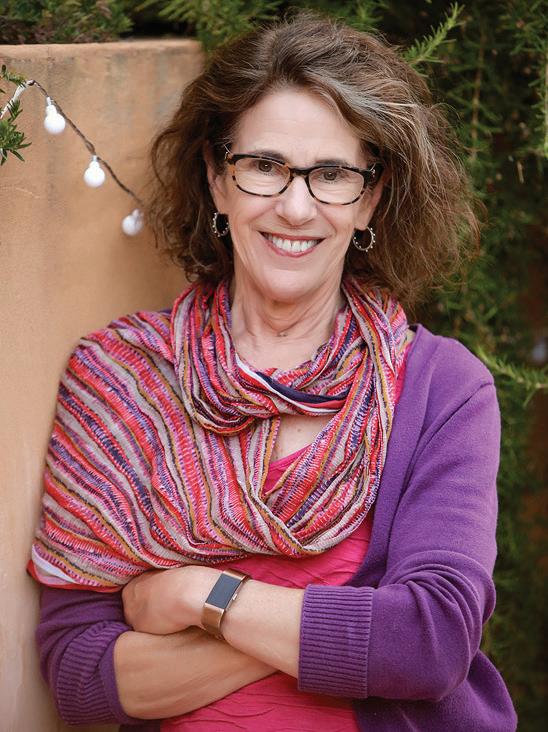
words) via Submittable until October 31, 2025. The entry fee is $7 (or $5 for Wordcrafters members), with fee waivers available for BIPOC, QTGNC, and disabled writers upon request. Submission guidelines, award information, and judging criteria can be found at: wordcrafters.org/ cai-emmons-short-fiction-contest.
The Cai Emmons Short Fiction Contest is made possible through the support of the EmmonsCalandrino Family Trust to continue Cai’s legacy of courageous, thought-provoking fiction.
ABOUT CAI EMMONS
Cai Emmons was the author of Weather Woman, Unleashed, Vanishing, Sinking Islands, and His Mother’s Son, among others. Her work often featured women protagonists navigating extraordinary circumstances, blending emotional insight with inventive storytelling. A longtime Eugene resident, she was beloved for her mentorship, generosity, and literary courage. Emmons passed away in 2023 from ALS.
VOLUNTEER OPPORTUNITY
Writers, educators, and readers are invited to volunteer as preliminary judges. This is a unique chance to support emerging voices and gain insight into the fiction contest process. Learn more and sign up at bit.ly/cejudge.
ABOUT WORDCRAFTERS
We believe in the power of story. Stories tell us who we are, and who we can be. Wordcrafters empowers writers and readers by increasing access to community, craft, and inspiration. We provide a home for sharing knowledge and stories with each other and future generations to cultivate a more empathetic, creative, and courageous world.
Wordcrafters offers classes, workshops, and community gatherings for adults and youth, including creative writing summer camps, monthly youth workshops, the annual Fiction Fantastic short story contest, and Writers in the Schools residencies for underserved schools in Lane County.
Ten years ago, Washington’s state gas sales tax was 44.5 cents per gallon.
But perhaps the biggest culprit in expensive gas, according to the Attorney General’s report, is a practice called “zone pricing.”
Under zone pricing, refiners sell gasoline to retailers at differing wholesale prices based on supply and demand.
“the best course for individual drivers to save money on gas is to reduce consumption”
Refiners set their own price zones, which can vary substantially from one refiner to another.
“Zone pricing is viewed by some as price gouging and by others as a natural outcome of competitive markets,” the Attorney General’s report reads.
While some states have considered legislation to curb the practice, it is not illegal in Washington state.
Though there isn’t much consumers can do to battle the rising costs of fuel additives and logistical problems with West Coast gas delivery, they are starting to push back on state policies.
Last year a group called Let’s Go Washington gathered more than 400,000 signatures toward a ballot initiative to repeal the Climate Commitment Act but fell short.
Short of eliminating legislated taxes, the best course for individual drivers to save money on gas
is to reduce consumption, per the Attorney General’s report.
“Because demand is higher in Washington state than many other areas of the country, it is particularly important for Washington consumers to conserve gasoline by finding alternative modes of transportation,” the report concluded.
“When consumers form carpools or begin using public transportation,” the report stated, “it creates huge differences in the demand and can go far to reduce prices.”
The Attorney Genera's report can be read here:
https://www.atg.wa.gov/washington-state-quarterly-gasolinereport
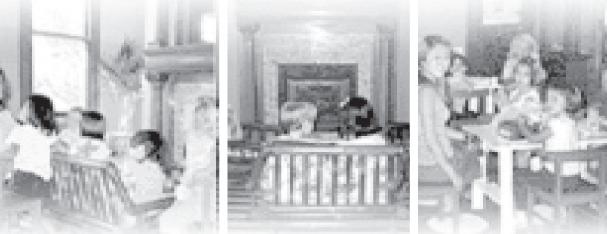
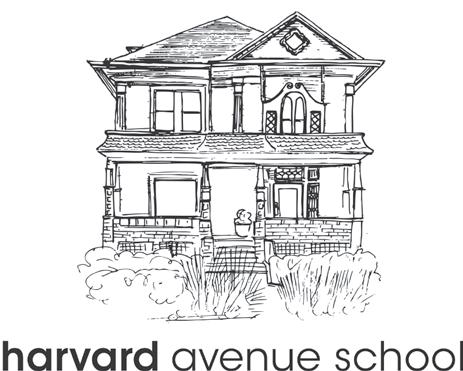

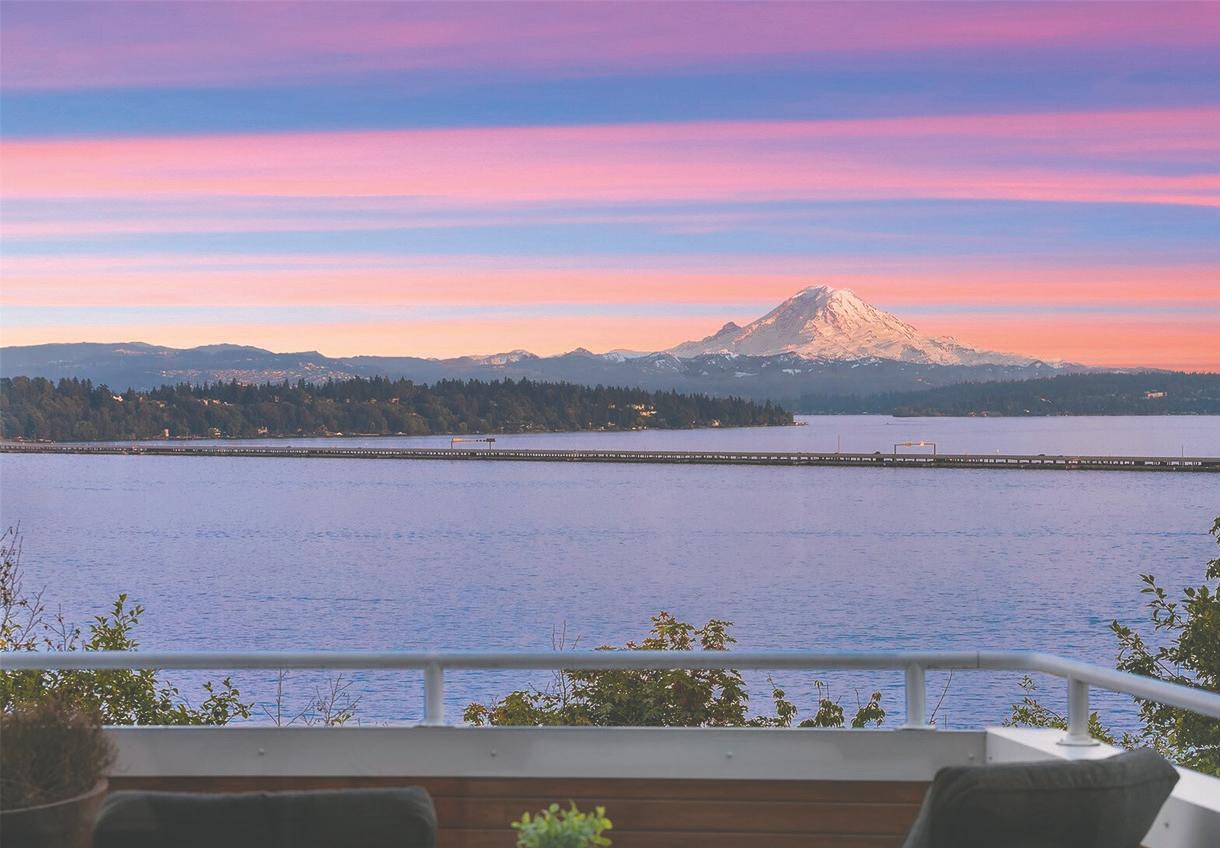

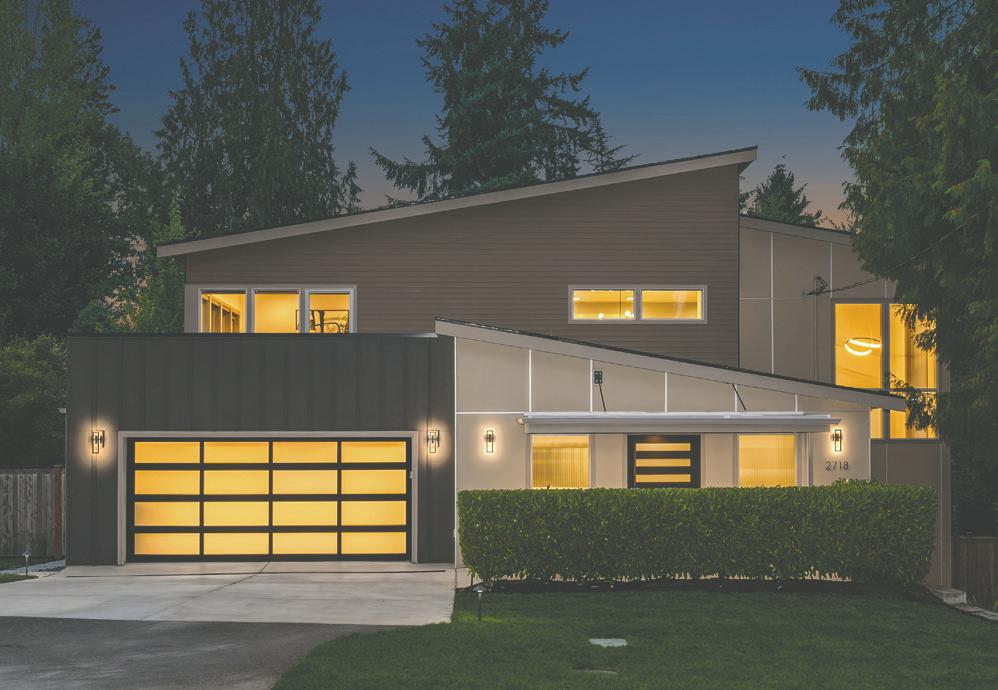






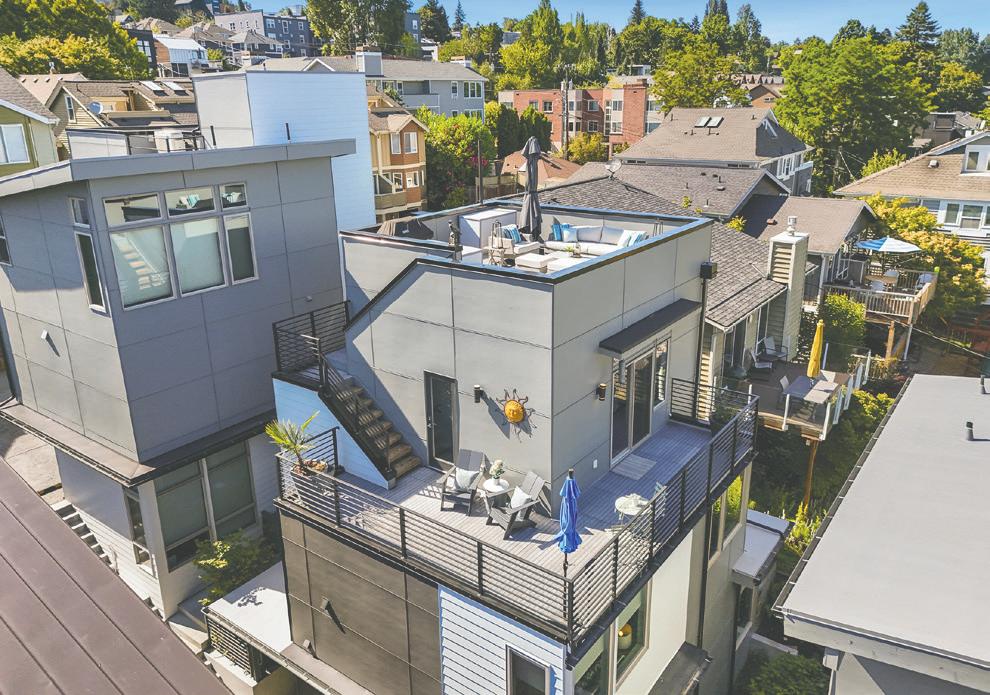

By Leslie Dickinson
The Seattle luxury housing market has demonstrated remarkable resilience and opportunity throughout 2025. For discerning buyers and sellers in premier neighborhoods like Madison Park and Washington Park, the current climate presents a unique landscape. The high-end segment moves to its own rhythm, demanding sophisticated strategy and unparalleled expertise. Success in this exclusive arena means mastering it with strategic positioning, information, and guidance.
Buyers seeking a high-end lifestyle in the Pacific Northwest are drawn to our community’s natural beauty, economic stability, and unmatched quality of life. This sustained interest keeps our luxury market dynamic and competitive, even as other segments experience fluctuations.
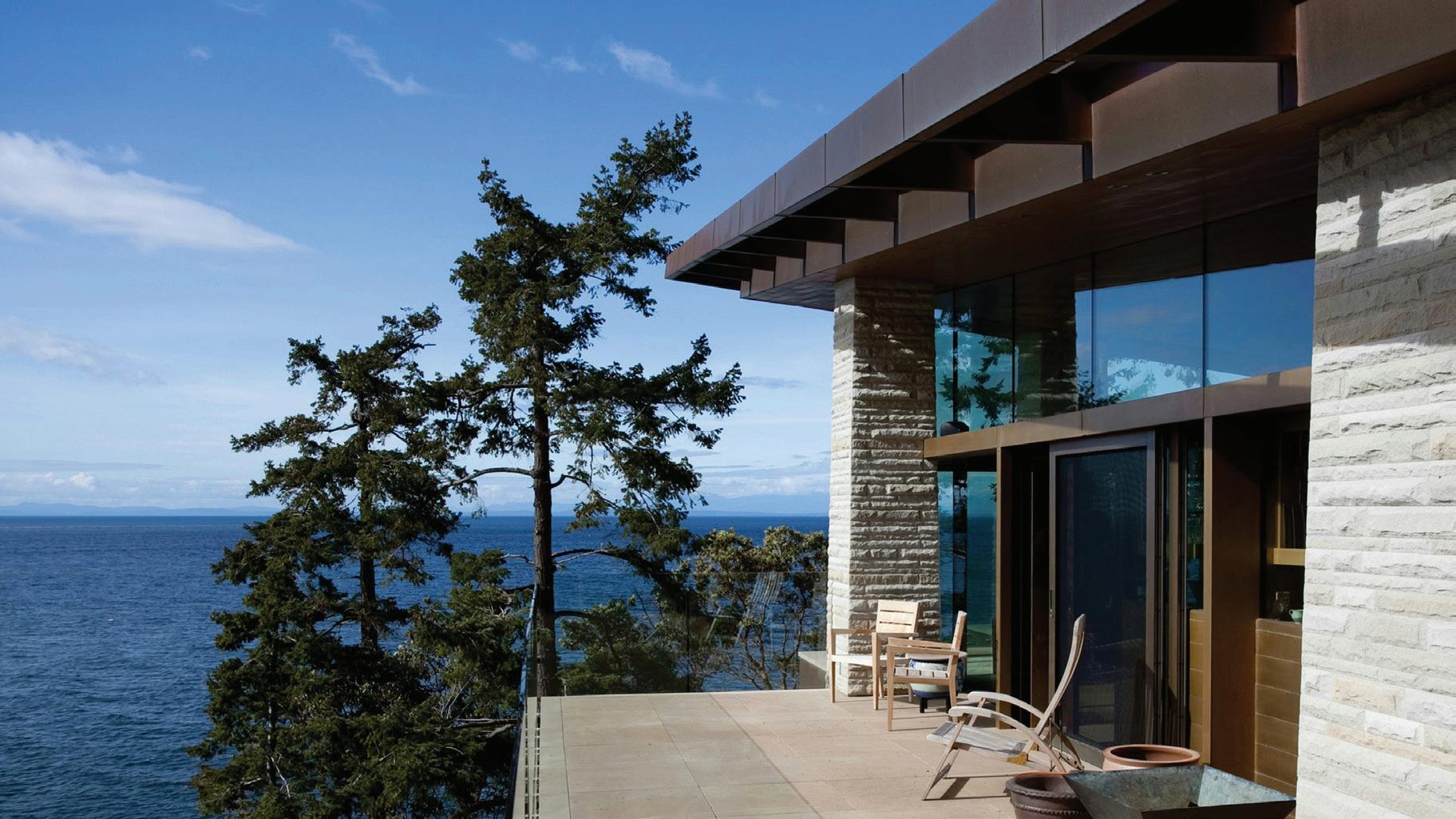
In this environment, premium properties that are priced correctly and marketed effectively attract the broadest audience and swift results. A prime example is my recent pending sale; a North Capitol Hill estate for $5,185,000. This classically restored 1912 craftsman attracted multiple
parties and went under contract in just six days. For obvious reasons, Madison Park continues to stand out as one of Seattle’s most competitive luxury markets. As of September 2025, there are 4 active listings between

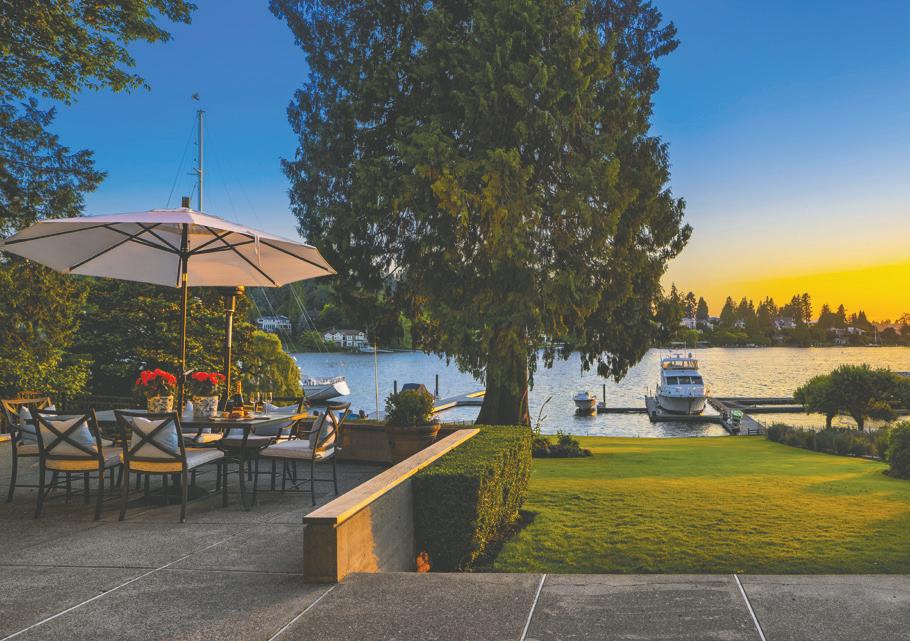

“For obvious reasons, Madison Park continues to stand out as one of Seattle's most competitive luxury markets”
larger lots and more estate-scale homes. As of September 2025, the neighborhood’s recent activity includes a spectacular custom view property which sold at $9.375M, reinforcing its reputation as one of Seattle’s most exclusive enclaves. These homes remain a coveted and distinct segment of the market, where scarcity and desirability continue to drive value.
CONTINUED ON PAGE 6
$2-3M, with the most recent sale at $4.185M for new construction in Canterbury. With limited inventory, well-positioned homes often sell quickly, while those that linger typically see price adjustments. And while all our neighboring communities between 520 and I90 offer varying levels of elevated living, Washington Park is in a superior position, with primarily
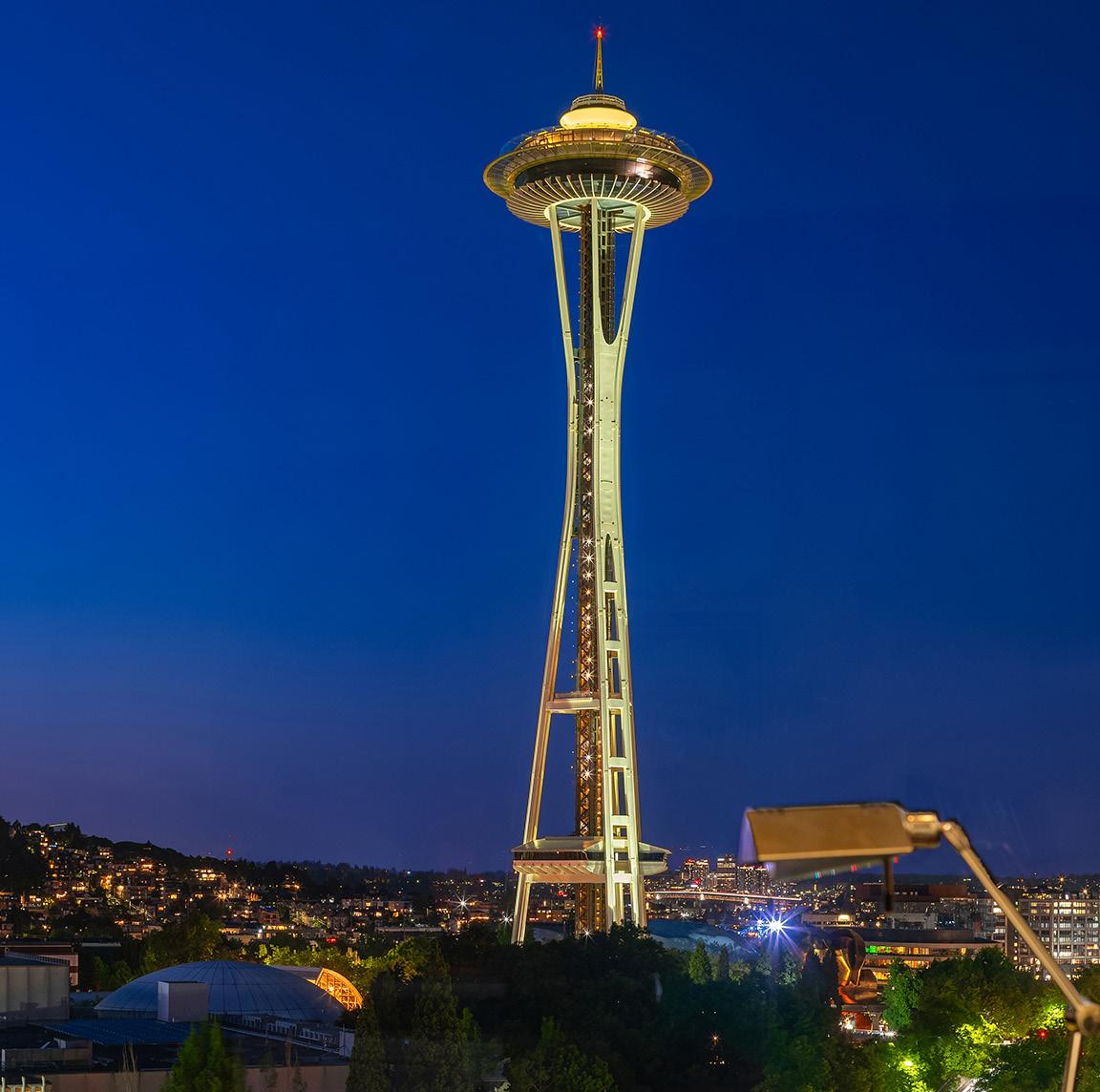
2821 2ND AVE. #1102
Unobstructed Northwest, Olympic Mountain, and water views meet jaw-dropping Space Needle views from your second living room and primary suite. OFFERED at: $1,879,000
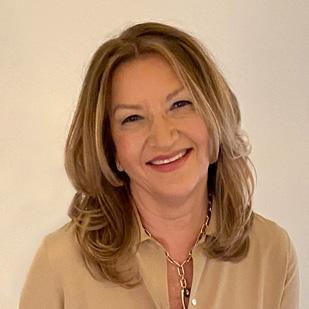
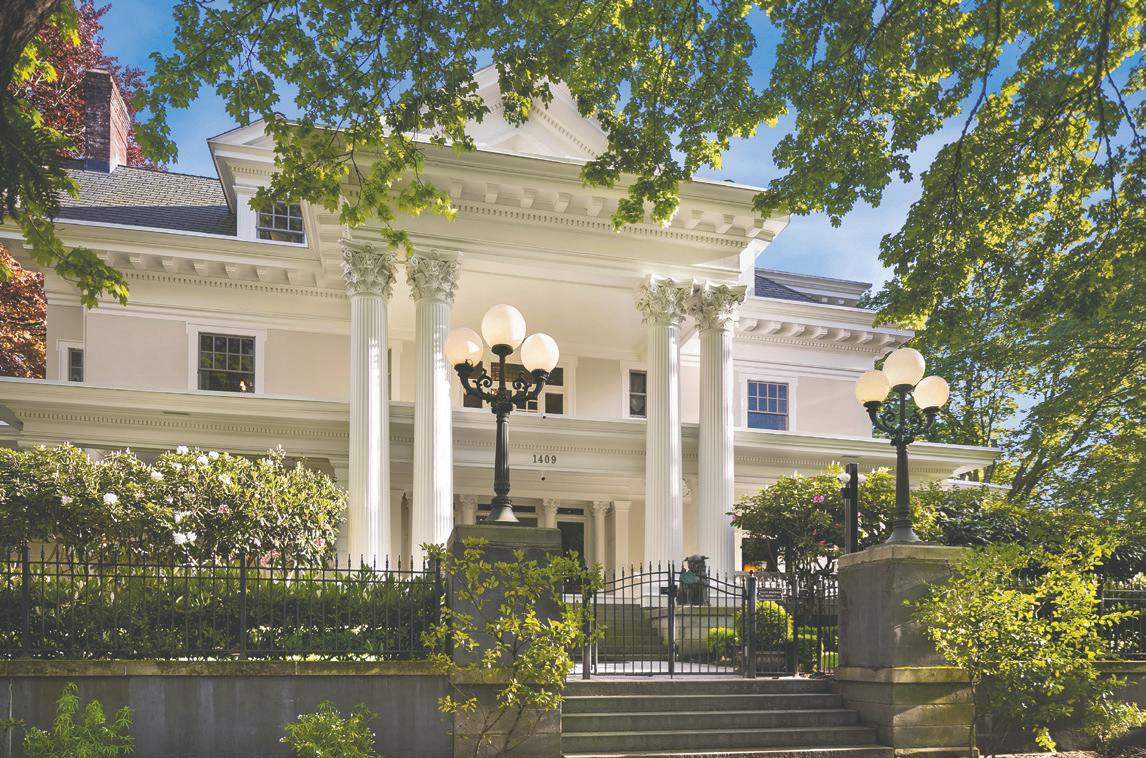







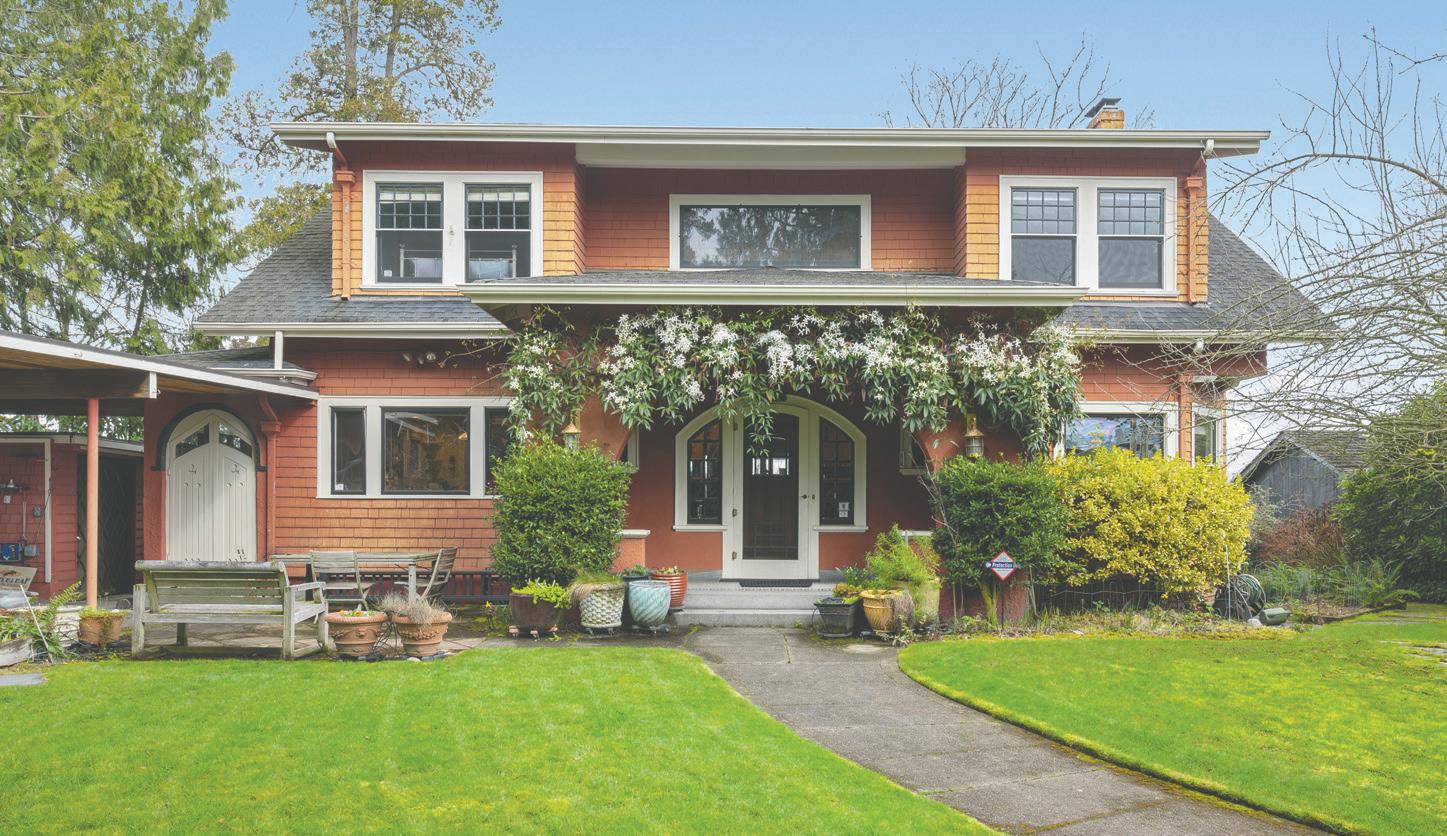





By Steve Lorton
By many standards, it was a glorious summer: a seemingly interminable string of sunny days, many over 80 degrees, hardly a cloud in the sky or a drop of rain. Our beaches were crowded and boats cluttered the waterways. But there’s a scary part. By late September we were more than six inches below our annual rainfall. The ground was bone dry and a number of trees were looking stressed. A harbinger of years to come?
But towering on the lawn, sloping between the street down to the beach, at Madison Park are several evergreens that thrived in this weather. They are Incense Cedars (Calocedrus decurrens) .
Planted there almost half a century ago, they are the legacy of City Arborist Marvin Black who died in 1987. In the 1970s, Marvin saw, the need for water conservation. His concern was a paucity of water for irrigation, due to our booming metro area population. Marvin had been in Oregon’s Siskiyou Mountains and seen the glory and the stamina of this amazing species of evergreen conifers. And he started specifying them as in-fill trees around the city. It’s fair to say, they’ve passed the test of time.
Native to southwest Oregon, northwest California and western Nevada, these statuesque trees stand up to dry rocky soil, blazing summer heat. The trees in Madison Park were planted from 15-gallon nursery cans. They were slow to put on height (as they
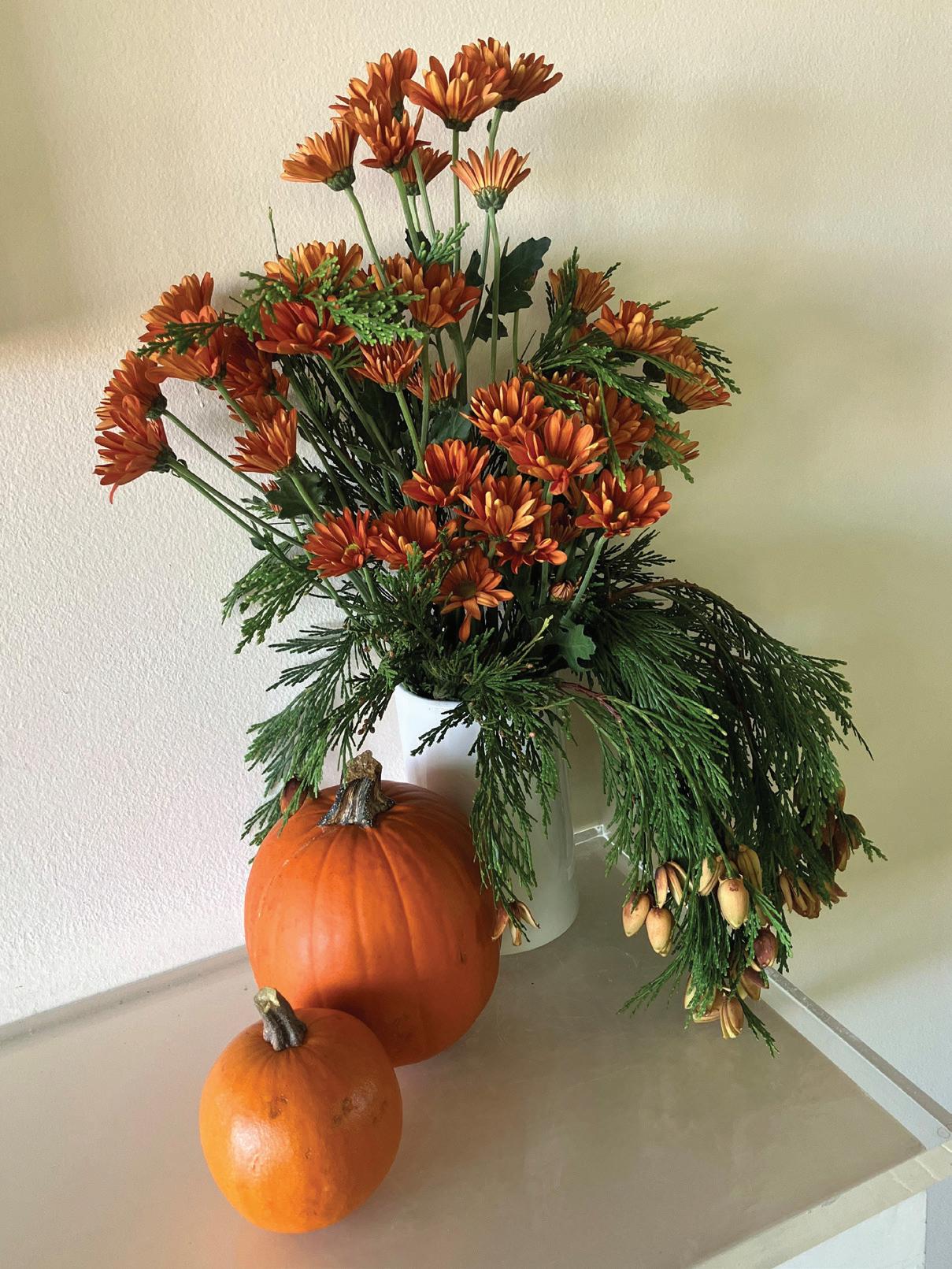
established roots) but in about two years they surged into active growth adding as much as two feet vertically, annually, headed to their mature height of 90 to 100 feet.
Today those trees are towering columns of dense, deep green, Their flat sprays of evergreen foliage fill limbs that stretch from vertical trunks clad in handsomely rough, reddish brown bark. Crush a handful of the greens and a pungent, cedar scent emerges, giving the plant its common name. The fragrance is also released in hot weather. Cut branches taken indoors, ideal
as holiday decorations, will also perfume the house.
Look closely at the photograph of the branches that were used in the chrysanthemum arrangement, pictured here. You’ll see a number of the tiny cones filling the ends of the shoots. These cones appear at this time of year, embellishing the trees for autumn and into winter. The cones drop seeds which often sprout.
If you have space in your garden for a big conifer, Incense Cedar is a perfect candidate, especially now with the prospect of global warming looming. It’s also a good conifer to recommend if you’re adding to a community garden or have any influence in an institutional landscape. Years hence, we may see more of these majestic trees along with Sequoias and Redwoods as the Northwest warms.
This month and into the winter are perfect times to plant any evergreen. They are sold, most commonly in 5-gallon (sometimes 15-gallon) can size. Dig a generous planting hole, fill the hole thrice with water allowing it to soak in and down. Put the rootball in place, backfill with good soil and press it down. Water again and, from that point on, nature should handle everything.
You might find a compact cultivated variety for sale. In truth, I’m always leery of any claim of “compact,” ‘dwarf,’ or ‘miniature. Too often I’ve put a dwarf form of a normally large plant, only to see it, in time, shoot up in an attempt to fulfill its genetic predisposition. A prostrate redwood that I planted,
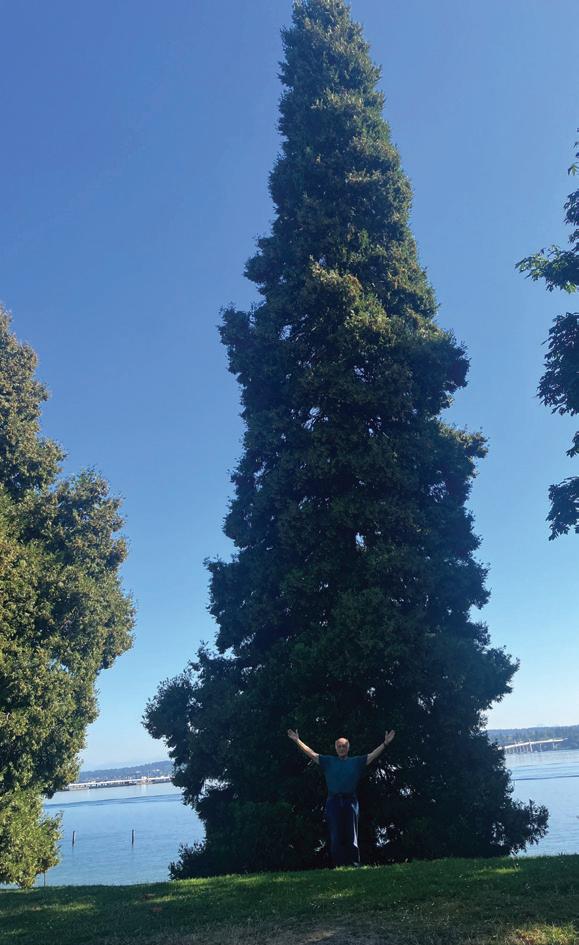
30 years ago, to gently spill over a garden wall at my house up in the North Cascades, now towers above the two story house. Should you plant such a tree, only to see it taking off in time, dig it in late autumn and transplant it to a space that can handle it. Or, let it go until it becomes Christmas tree size and then harvest it. Or, perhaps, call the Arboretum and offer it to them for their annual holiday sale, Greens Galore. Waste not - Want not!
Powerfully sculptural, dark green, an excellent background tree with the bonus of redolent fragrance, Incense Cedar may well be one of the trees to stand up to a changing climate, all the while maintaining the dense verdant majesty that we all know and love in this evergreen world we cherish.




“Laura

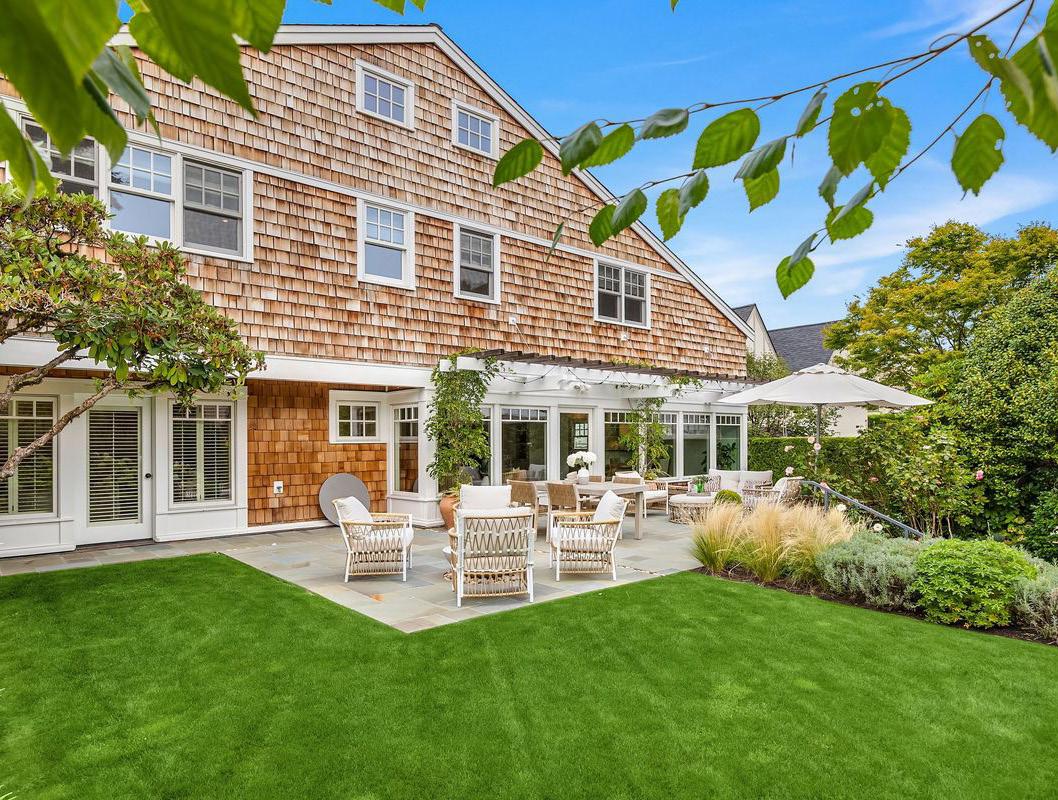








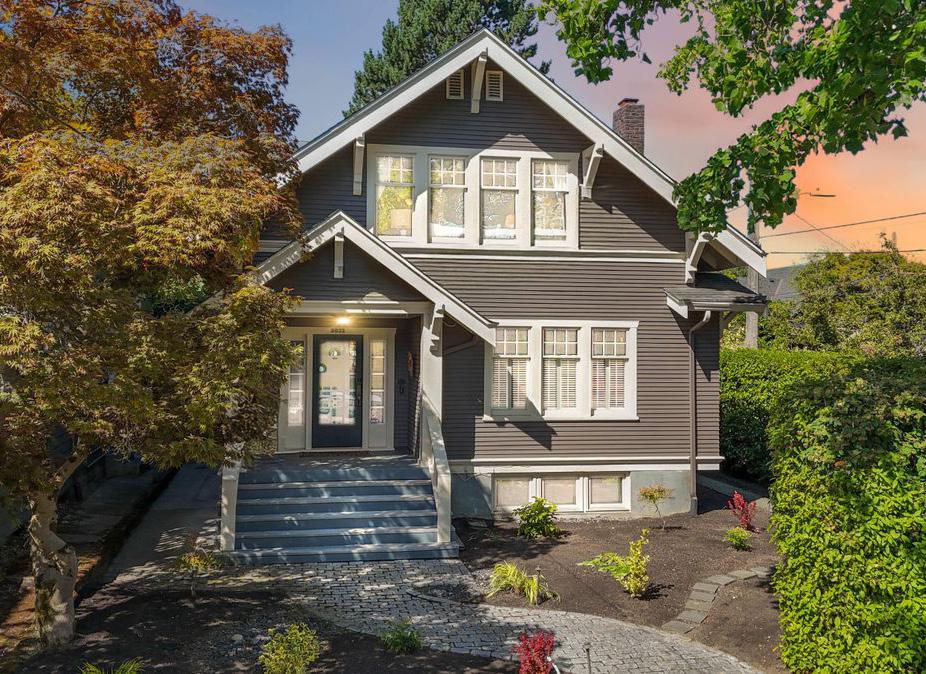





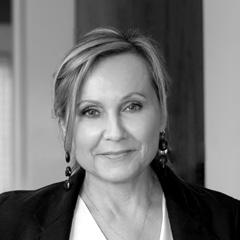




Another Success Story - Pending with Multiple Offers! Coveted Medina View Home - Listed for $4,950,000
Just two weeks ago, I received a call from the sellers of a remarkable Medina property. After interviewing six agents, they chose me to represent them - an honor I was thrilled to accept. With the home’s breathtaking views, I knew timing was everything. I advised my clients to move quickly so we could take advantage of the late-summer sunshine and present their property at its very best. The timeline was ambitious, but thanks to my trusted team of professionals, we staged, photographed, and brought the home to market in just one week. The results spoke for themselves: my open house drew more than 100 visitors, showings were steady, and on offer review day, we received multiple exceptional offers. Most importantly, my clients home is now pending with an outcome they’re truly excited about. This is what I love most about real estate - crafting a strategy, executing it flawlessly, and delivering results that exceed expectations. Let’s talk about how I can help you achieve your real estate goals!







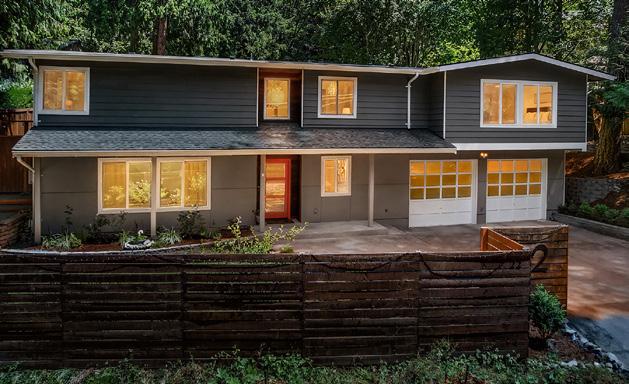



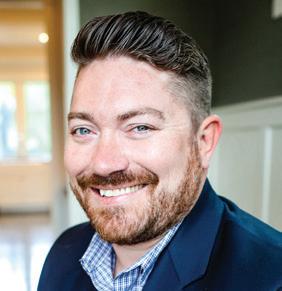

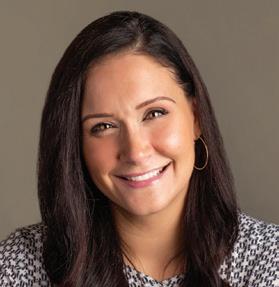
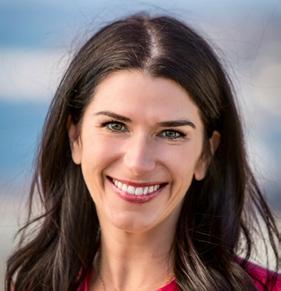






Continued from page 1
While the seller’s market remains robust for premier listings, the current conditions also present distinct opportunities for savvy buyers. A slight moderation in the market’s pace has created a more civilized purchasing environment, allowing for thoughtful consideration and due diligence.
For those looking to secure a foothold or expand their portfolio in our most coveted neighborhoods, our current market offers a window to make a strategic investment. Whether you are considering selling a significant property or seeking to acquire your dream home, success depends on having a trusted partner with a proven track record.
For unparalleled insights and personalized advisory on the Seattle luxury real estate market, contact Leslie Dickinson, Founding Member and Global Real Estate Advisor with Realogics Sotheby’s International Realty. Reach her at 206.200.2174 or leslie.dickinson@ rsir.com to begin the conversation.


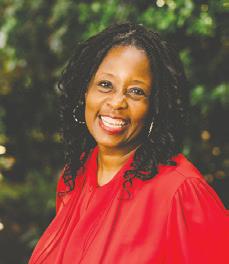








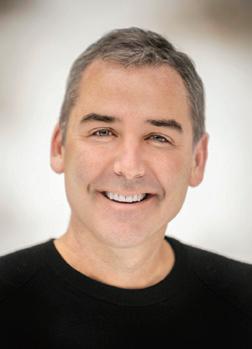

Maritime Blue will host the inaugural One Ocean Week Seattle along the city’s waterfront from October 20-26, 2025, bringing the international event to the United States for the first time. The weeklong program will convene international delegations, industry leaders, innovators, policymakers, and community members for panels, showcases, cultural events, and site visits focused on maritime innovation, sustainability, and collaboration.
One Ocean Week, officially endorsed by the UN Ocean Decade, is traditionally held each April in Bergen, Norway. The Seattle event will expand this global platform, showcasing the city’s role as a hub for maritime innovation.
“Seattle is a city shaped by the water—it drives our history, economy, and culture,” said Mayor Bruce Harrell of Seattle. “As a hub for maritime innovation, hosting One Ocean Week lets us share that story with the world while leading on solutions to protect our oceans, grow good jobs, and build a sustainable future for all.”
“Seattle and the Pacific Northwest have quickly grown into a global hub for
“Seattle is a city shaped by the water”
maritime innovation and a sustainable Blue Economy,” said Joshua Berger, founder and president/CEO of Maritime Blue. “One Ocean Week Seattle is about bringing together people and ideas that can accelerate solutions for ocean action and build an economy that works for all. We’re proud to host this global celebration and extend the momentum of the UN Ocean Decade here in the United States.”
Over the course of the week, participants will explore solutions to urgent challenges such as maritime decarbonization, sustainable seafood, renewable ocean energy, healthy ecosystems, and digital ocean technologies.
Key event highlights include:
• One Ocean Week Seattle Summit: The centerpiece event will feature panels and roundtables with decisionmakers, industry leaders, entrepreneurs, and communities driving ocean sustainability and the future of the

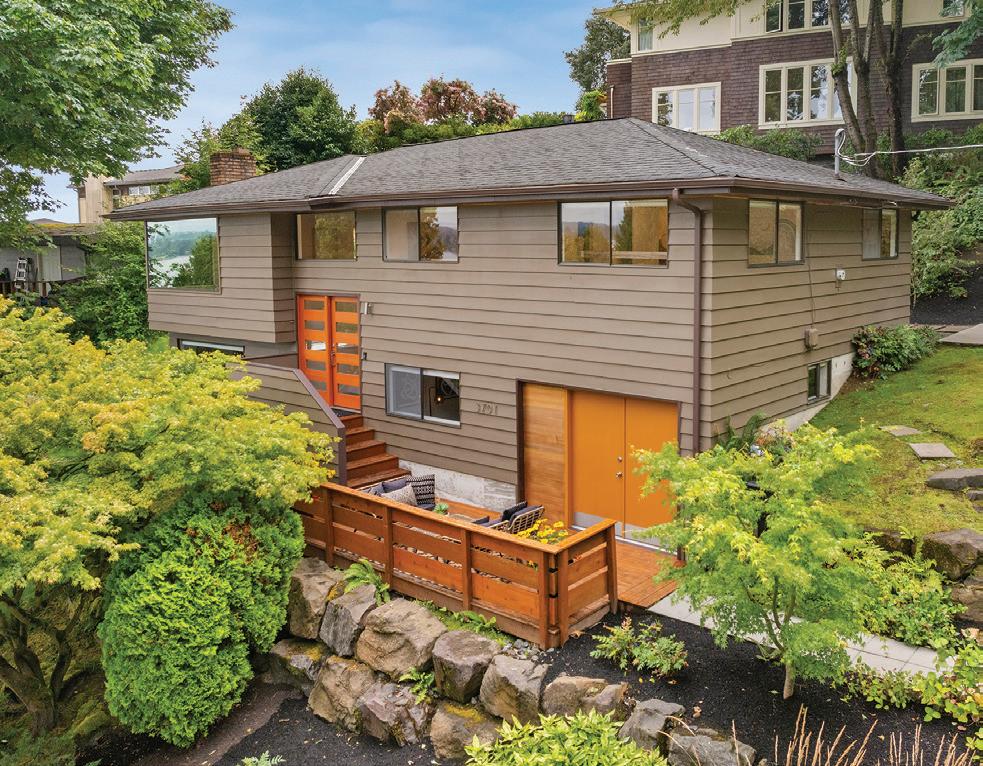

Blue Economy.
• Welcoming the Statsraad Lehmkuhl: The historic Norwegian tall ship will sail into Seattle on its global One Ocean Expedition voyage, spotlighting the ocean’s central role in a sustainable future.
• Innovation Showcase: Startups, researchers, and investors will assemble to demonstrate breakthrough ocean technologies, including electrified vessels and kelp-based products.
• Cultural and Educational Programs: Youth engagement, mentorship opportunities, and community-driven initiatives will connect the next generation to ocean innovation and stewardship.
Get Involved: Members of the public, industry, and media are encouraged to attend One Ocean Week Seattle events and amplify its mission. To view the full program, register, or learn how to participate, visit maritimeblue.org/one-oceanweek-2025/schedule/.
❊
Maritime Blue is a strategic alliance propelling the Pacific Northwest toward global leadership in oceanbased innovation.
